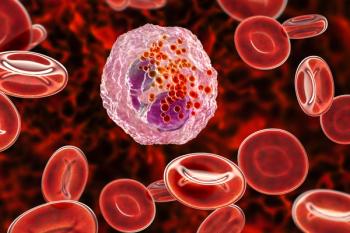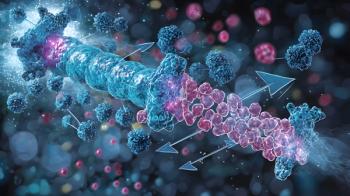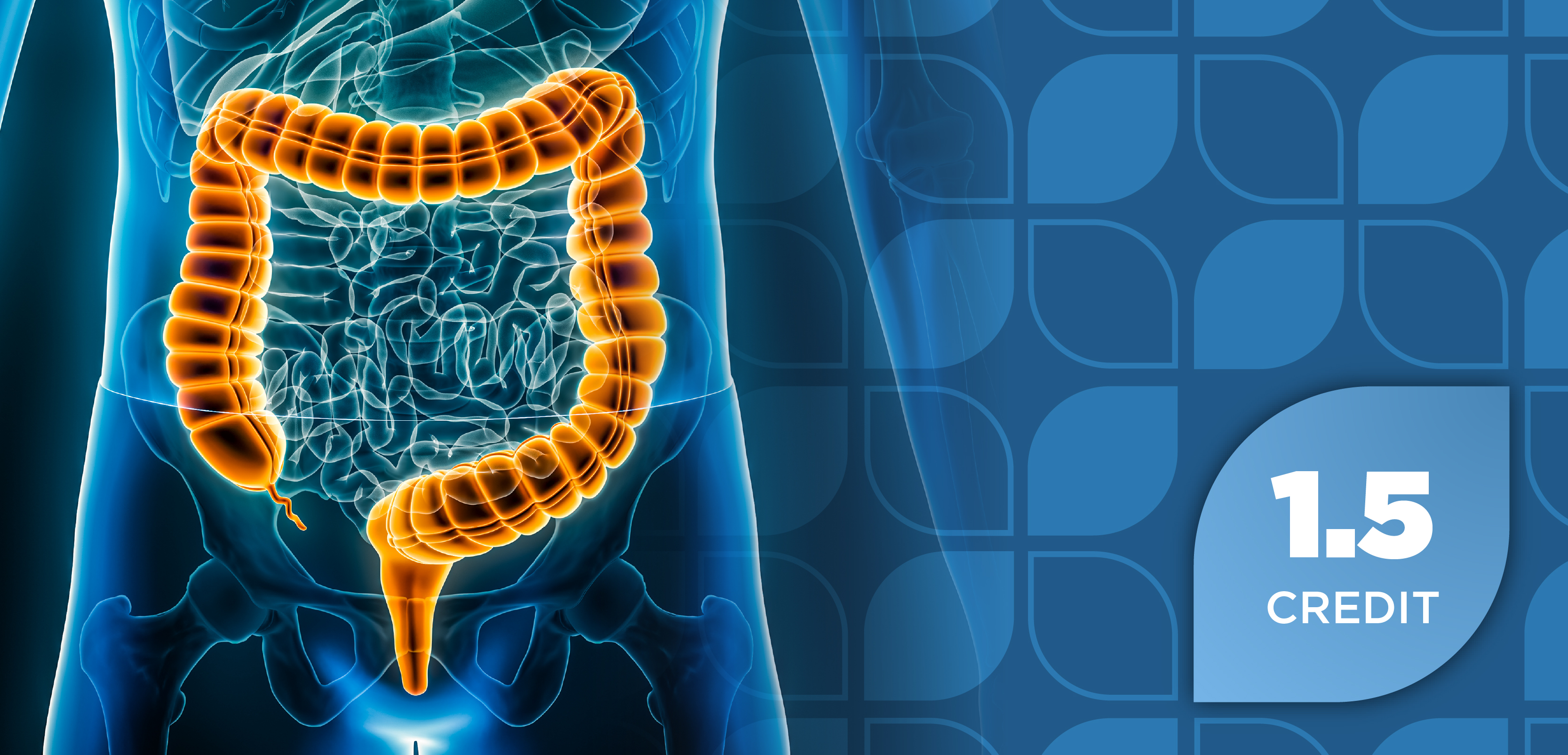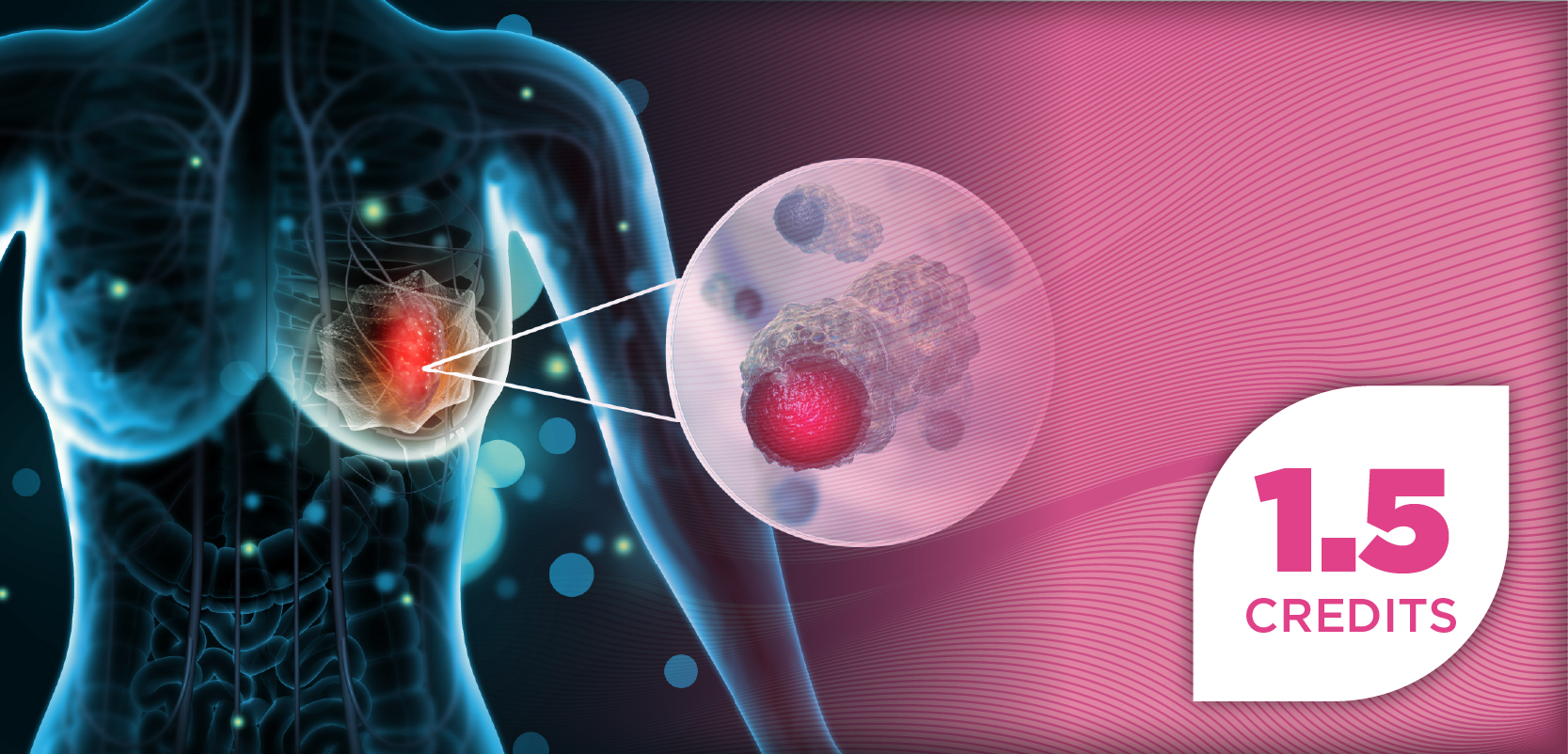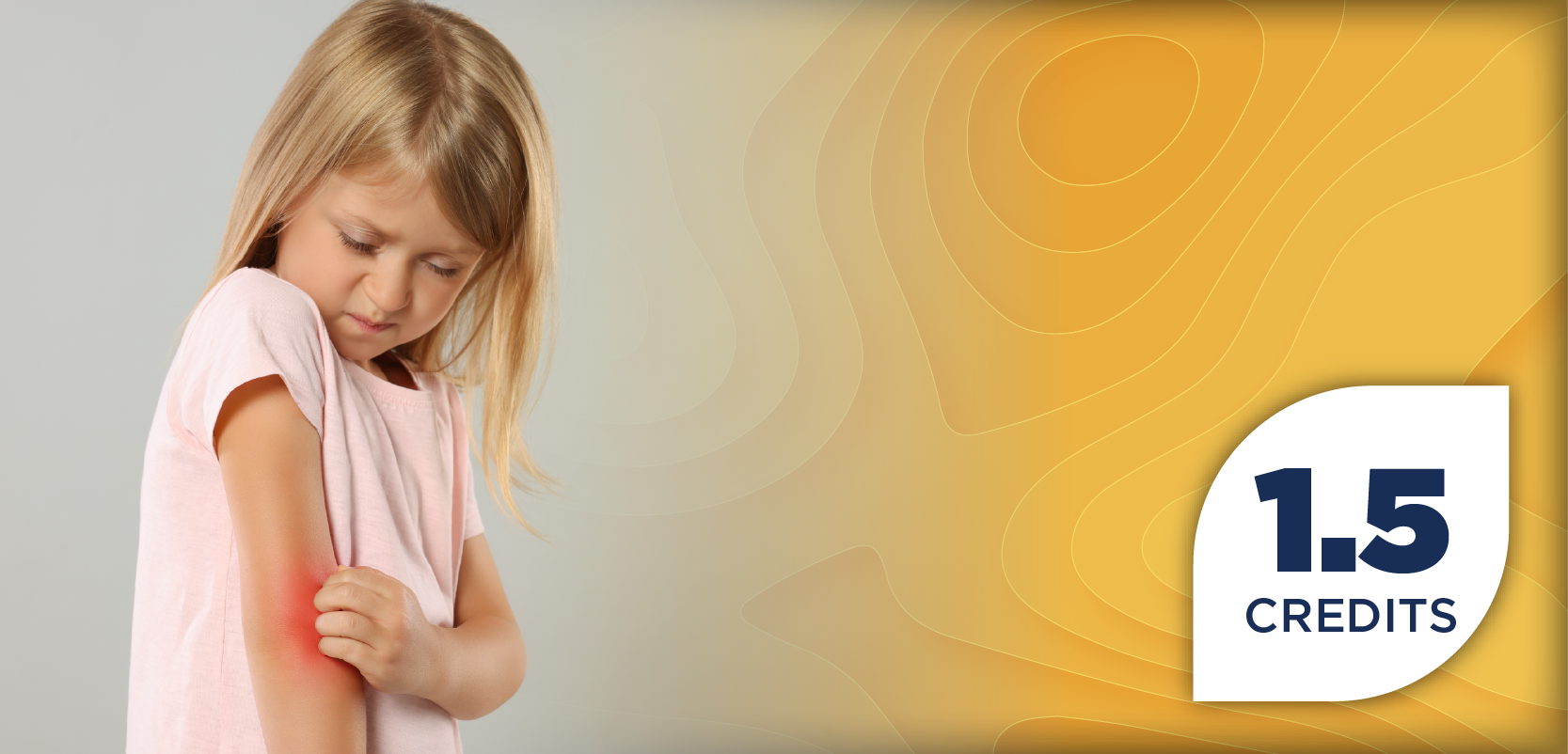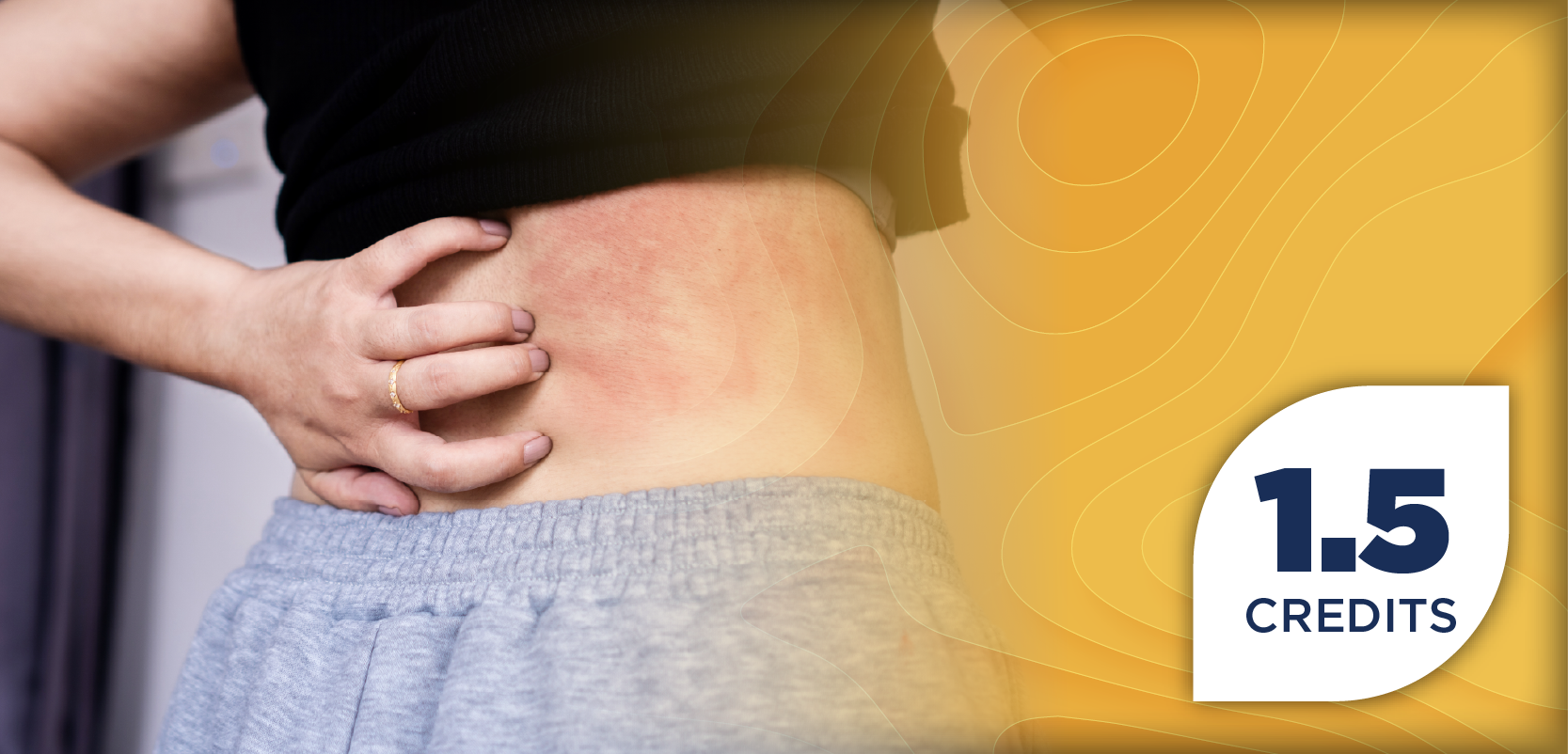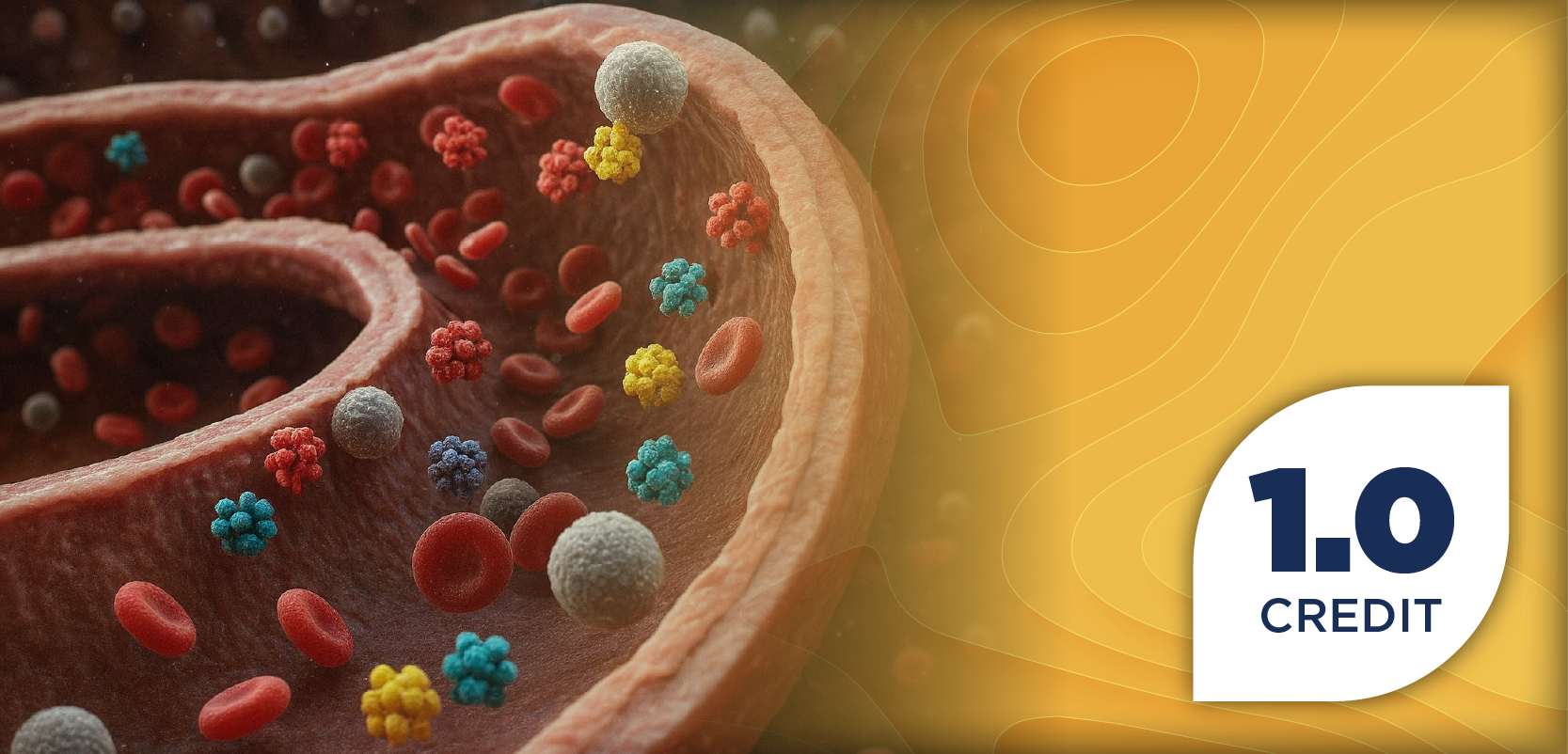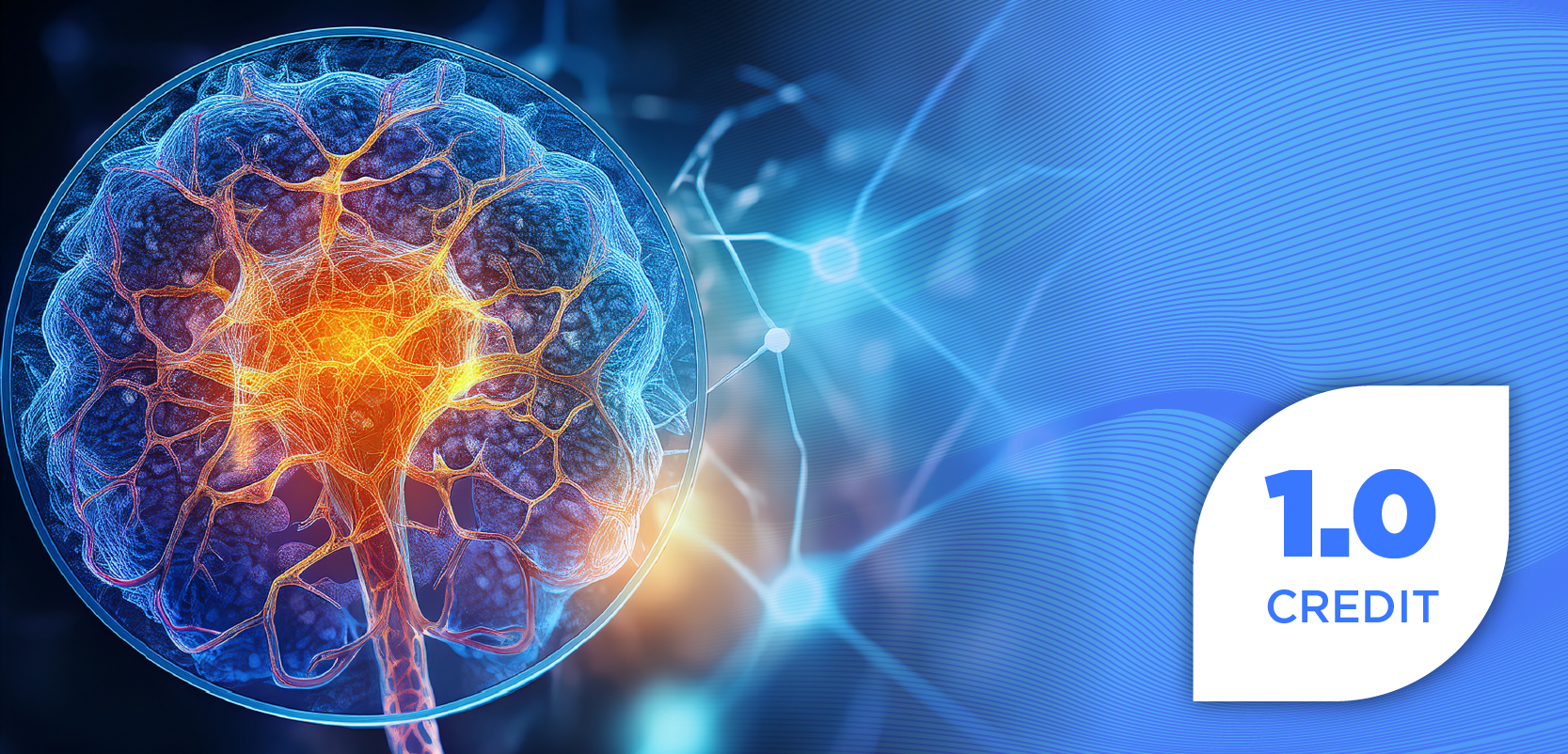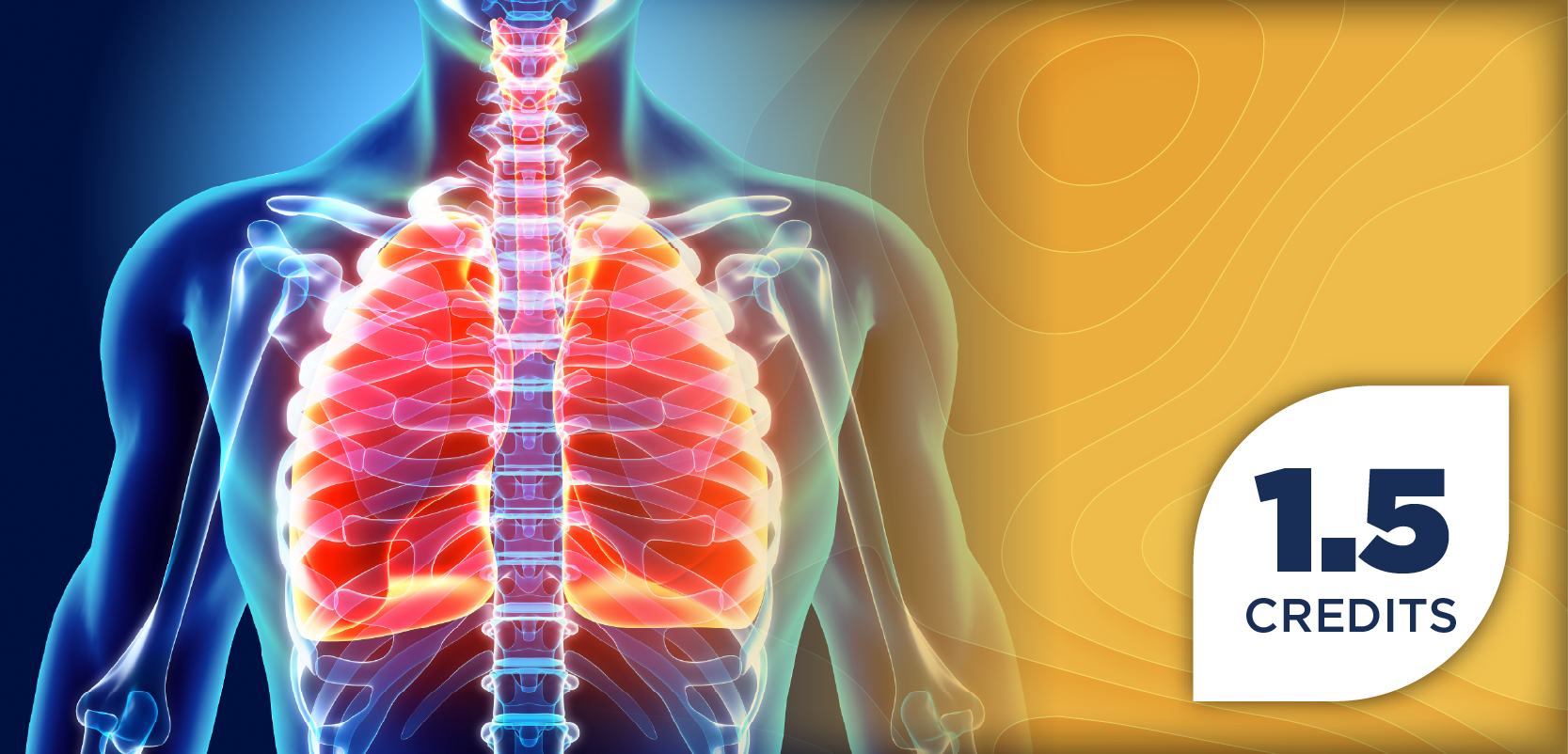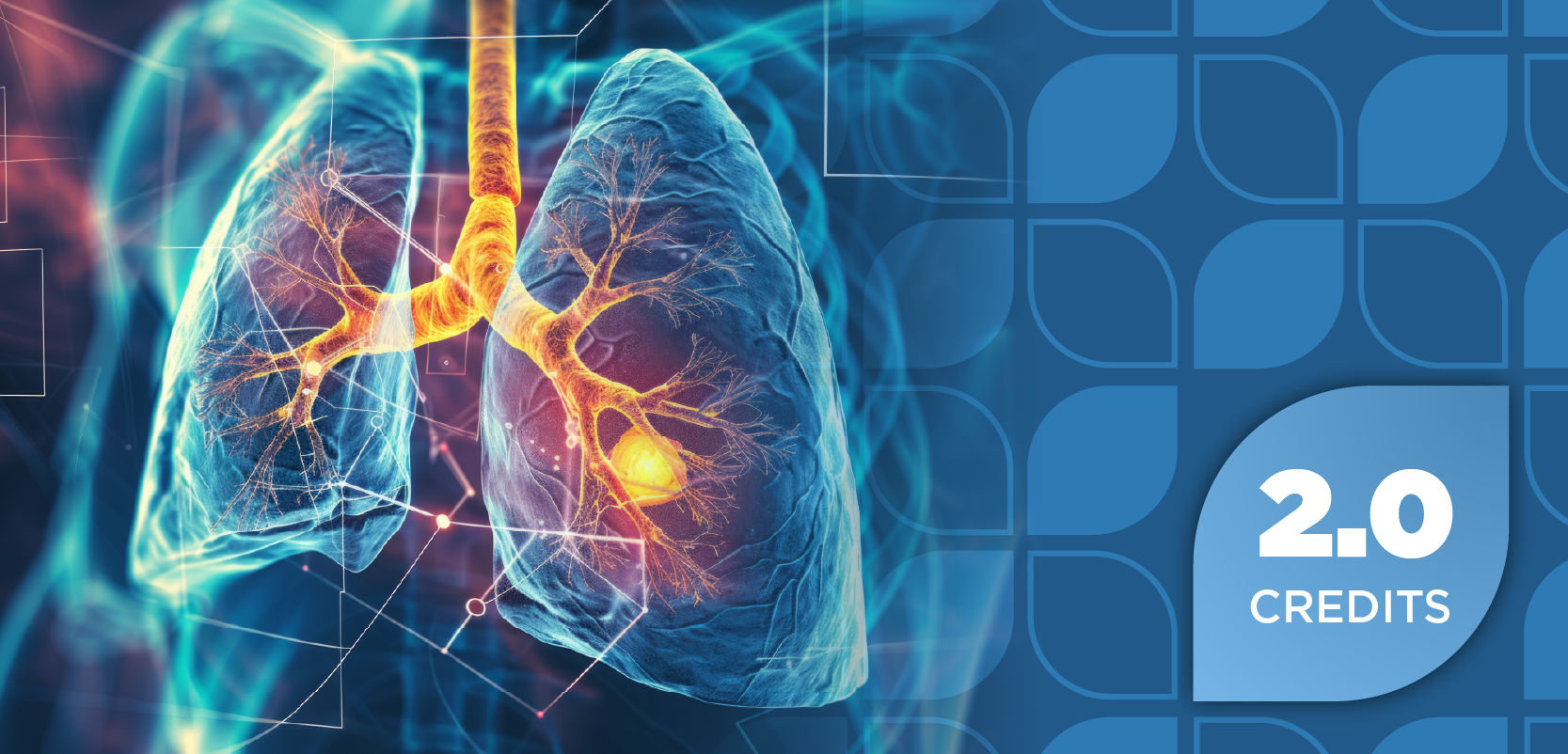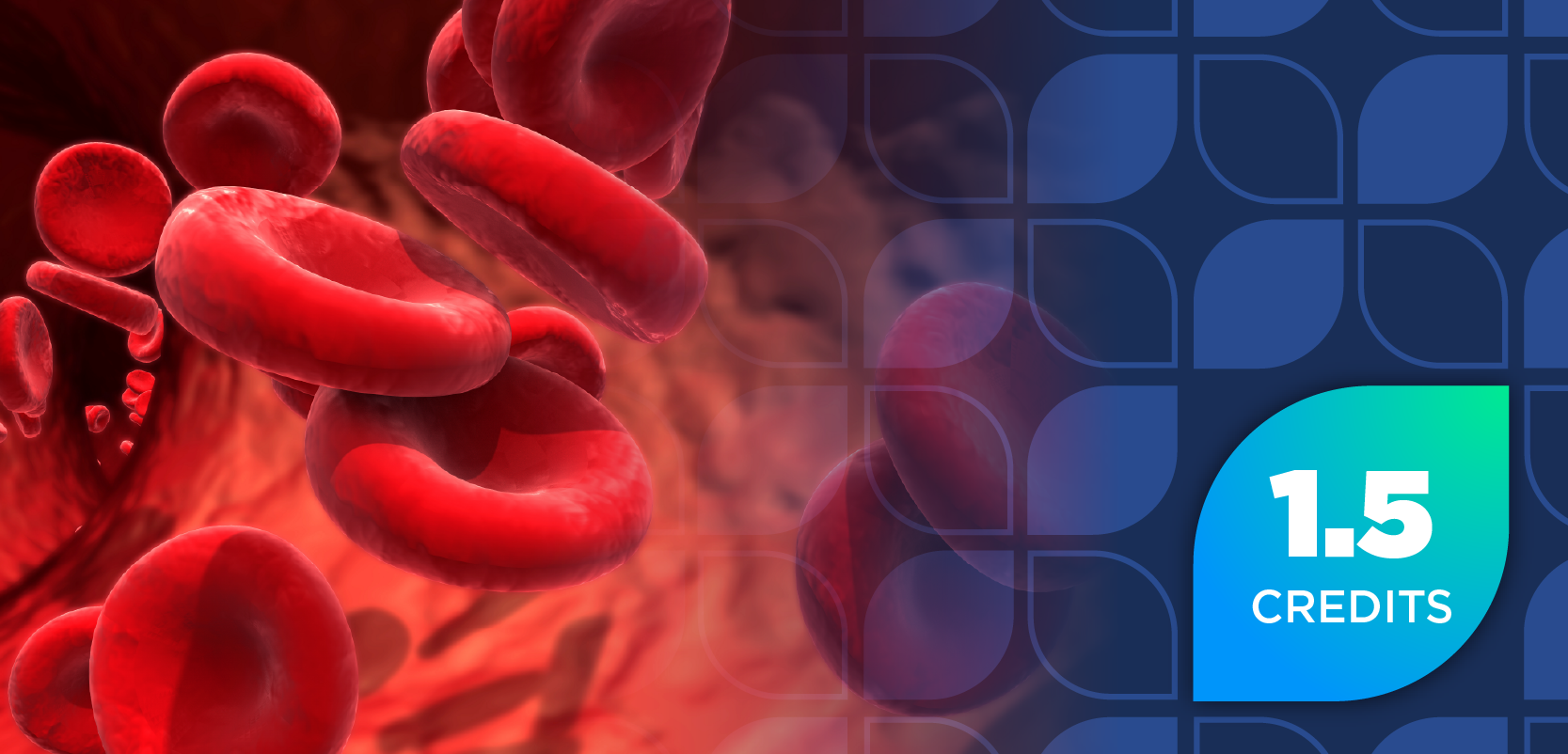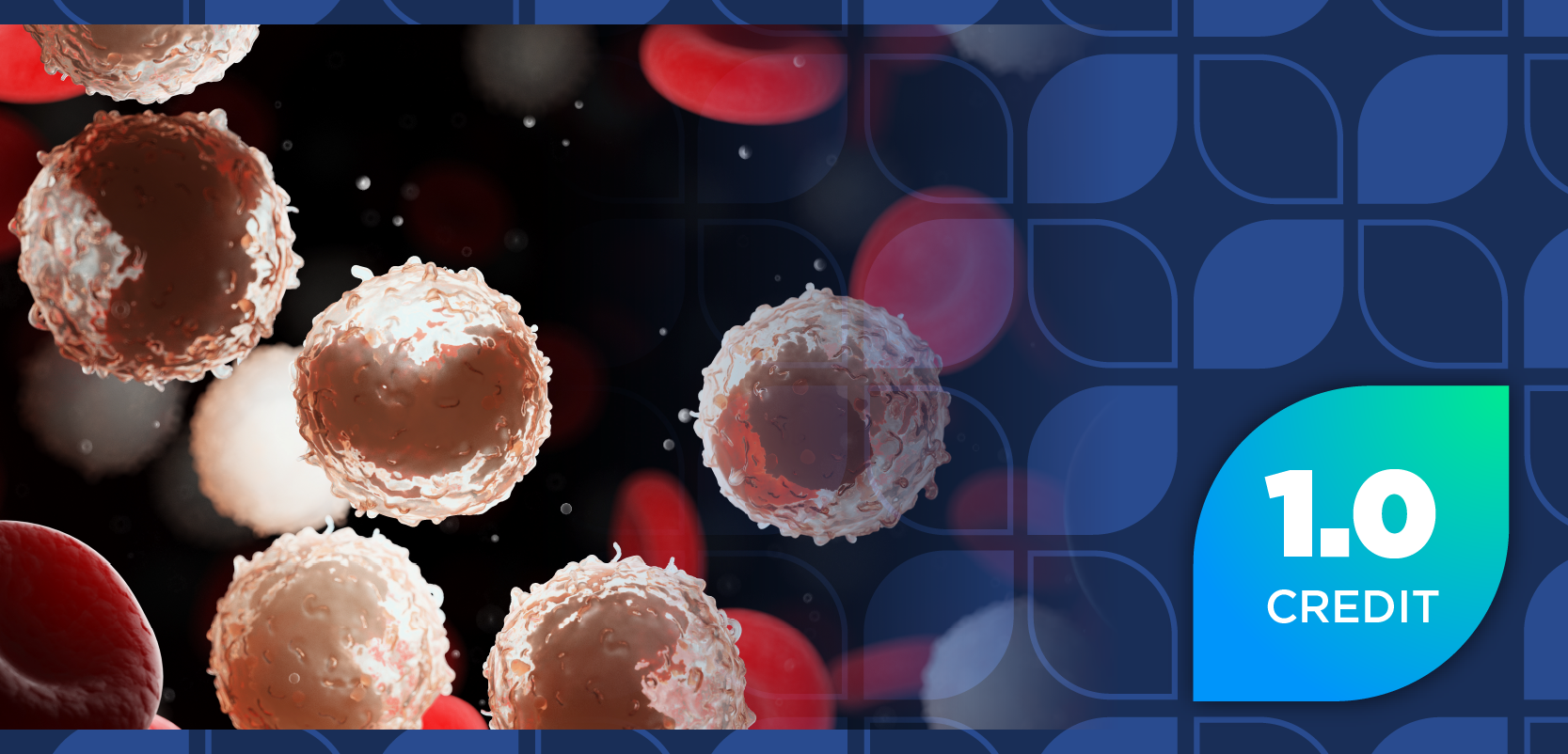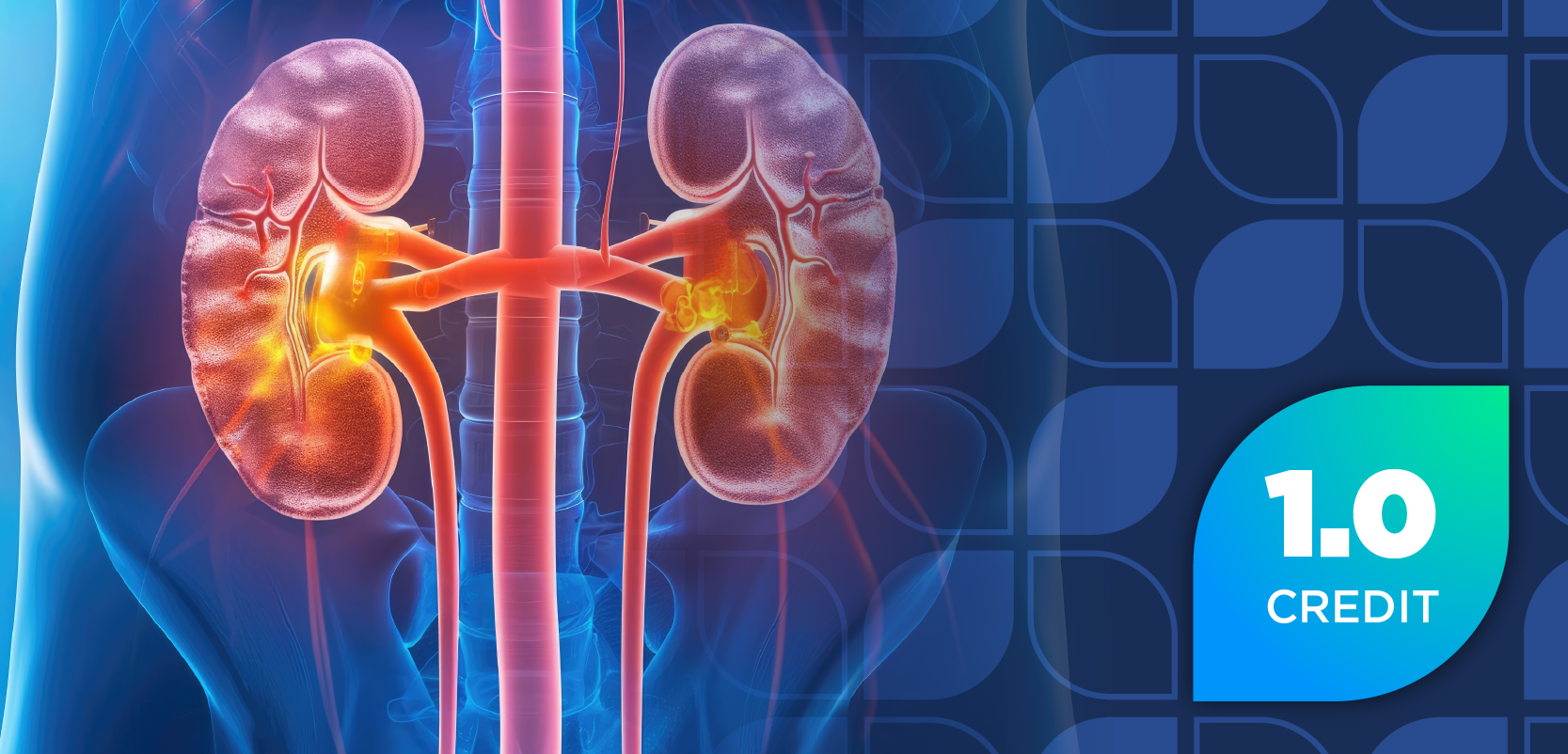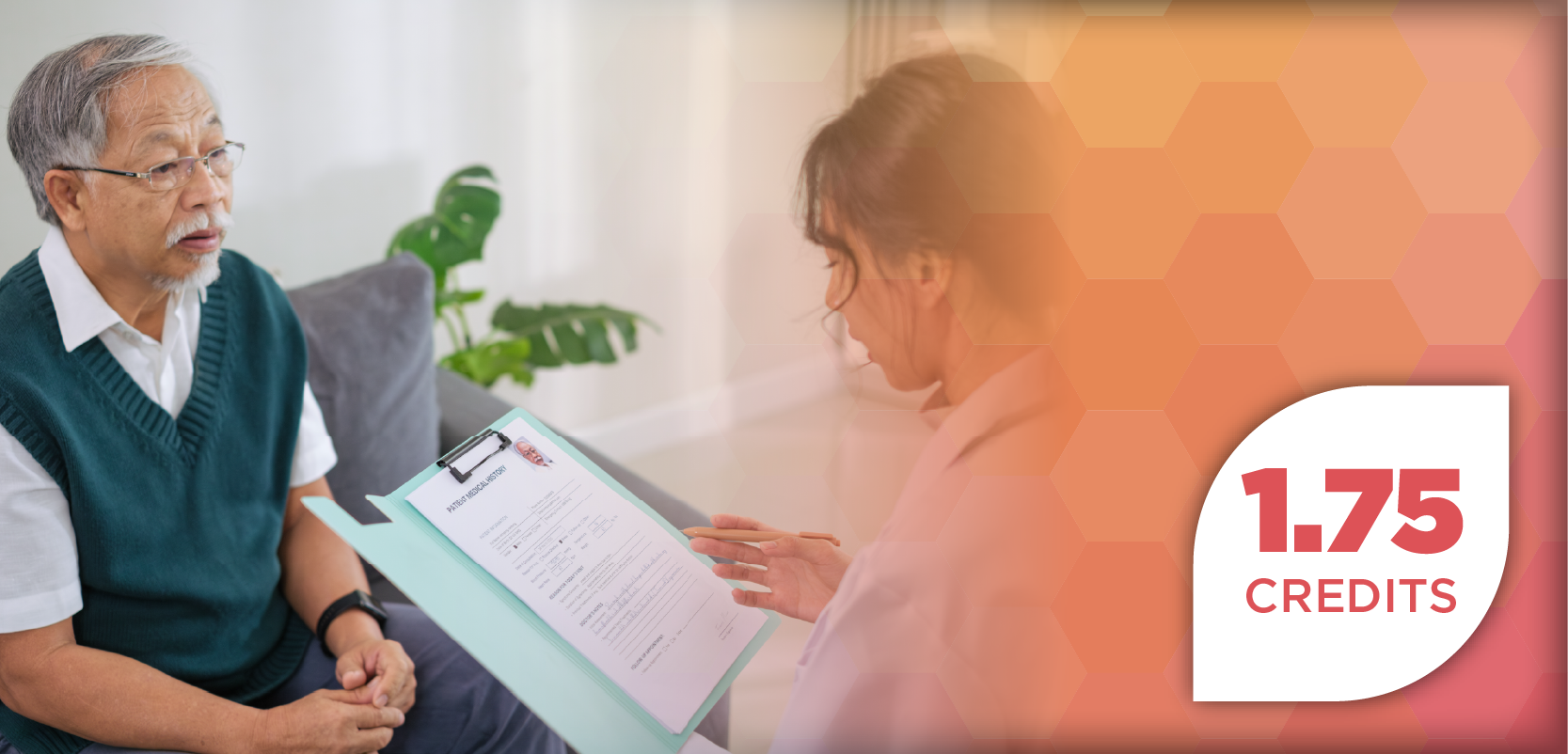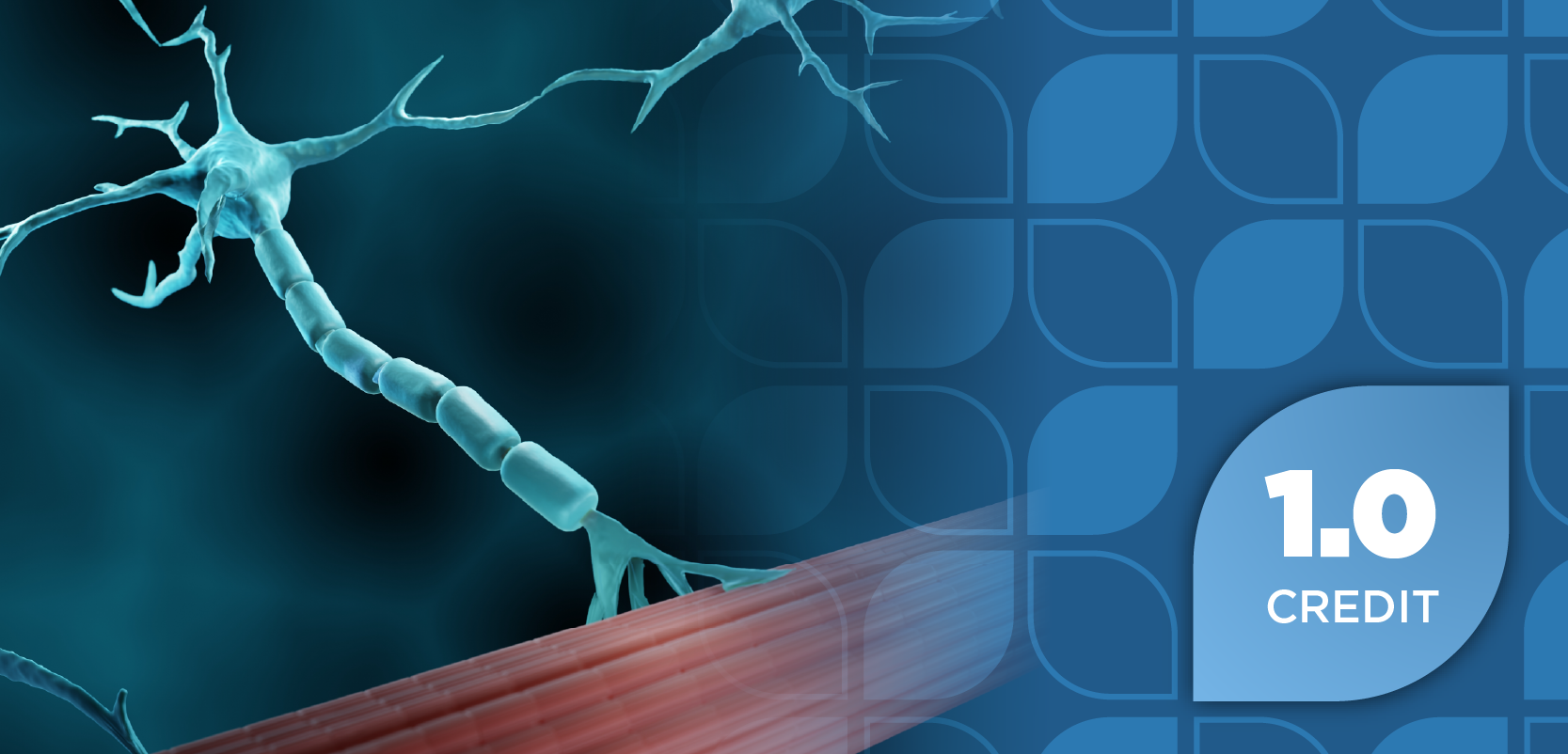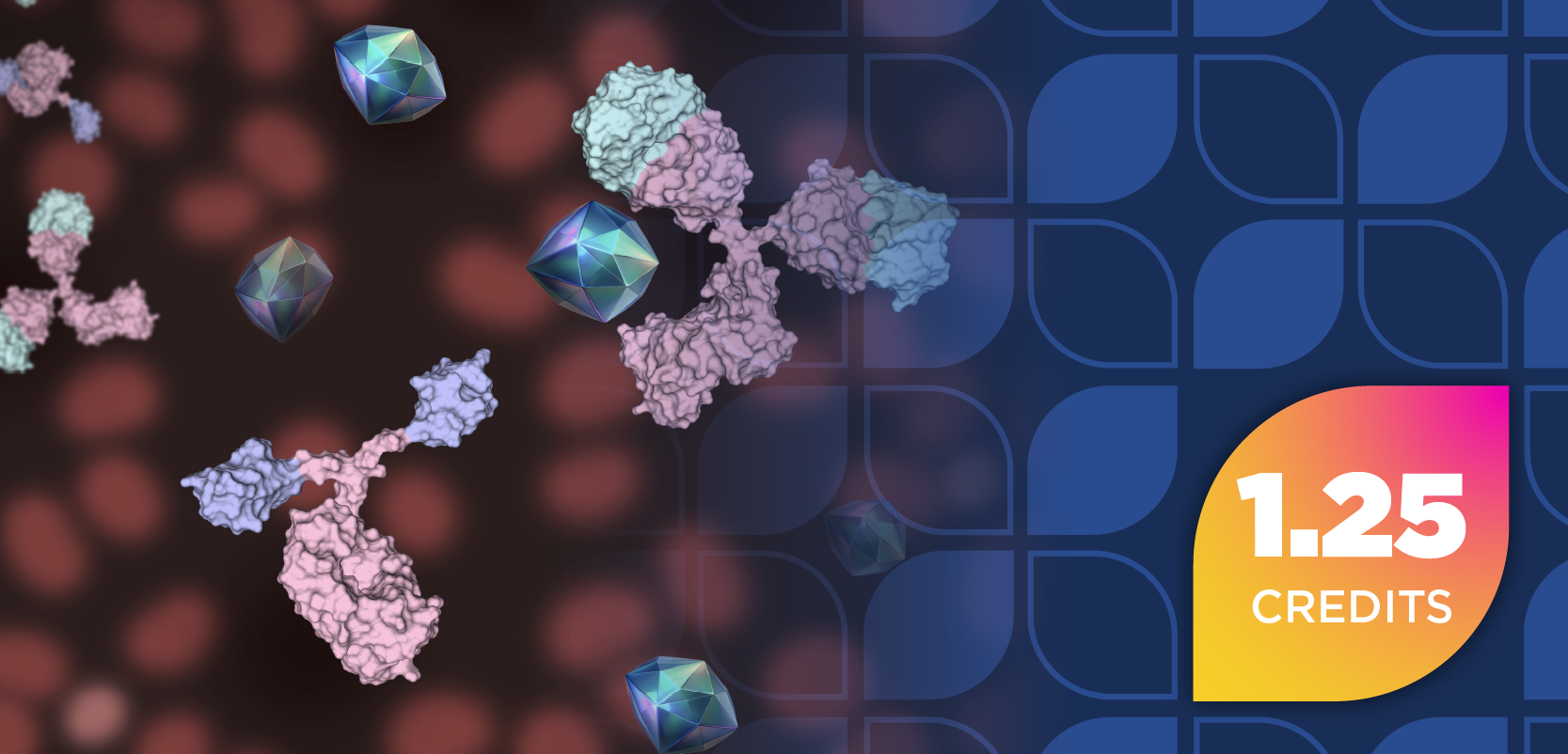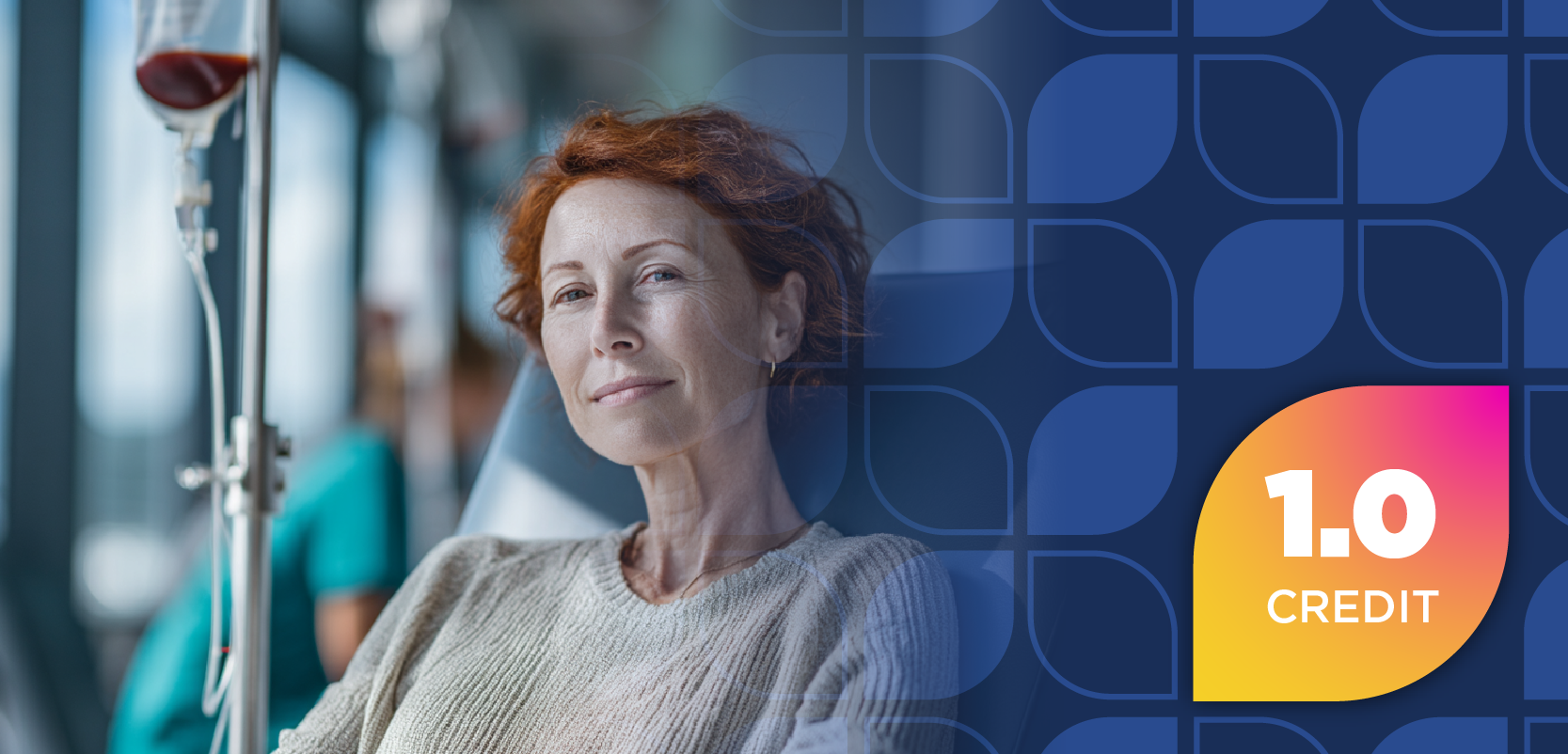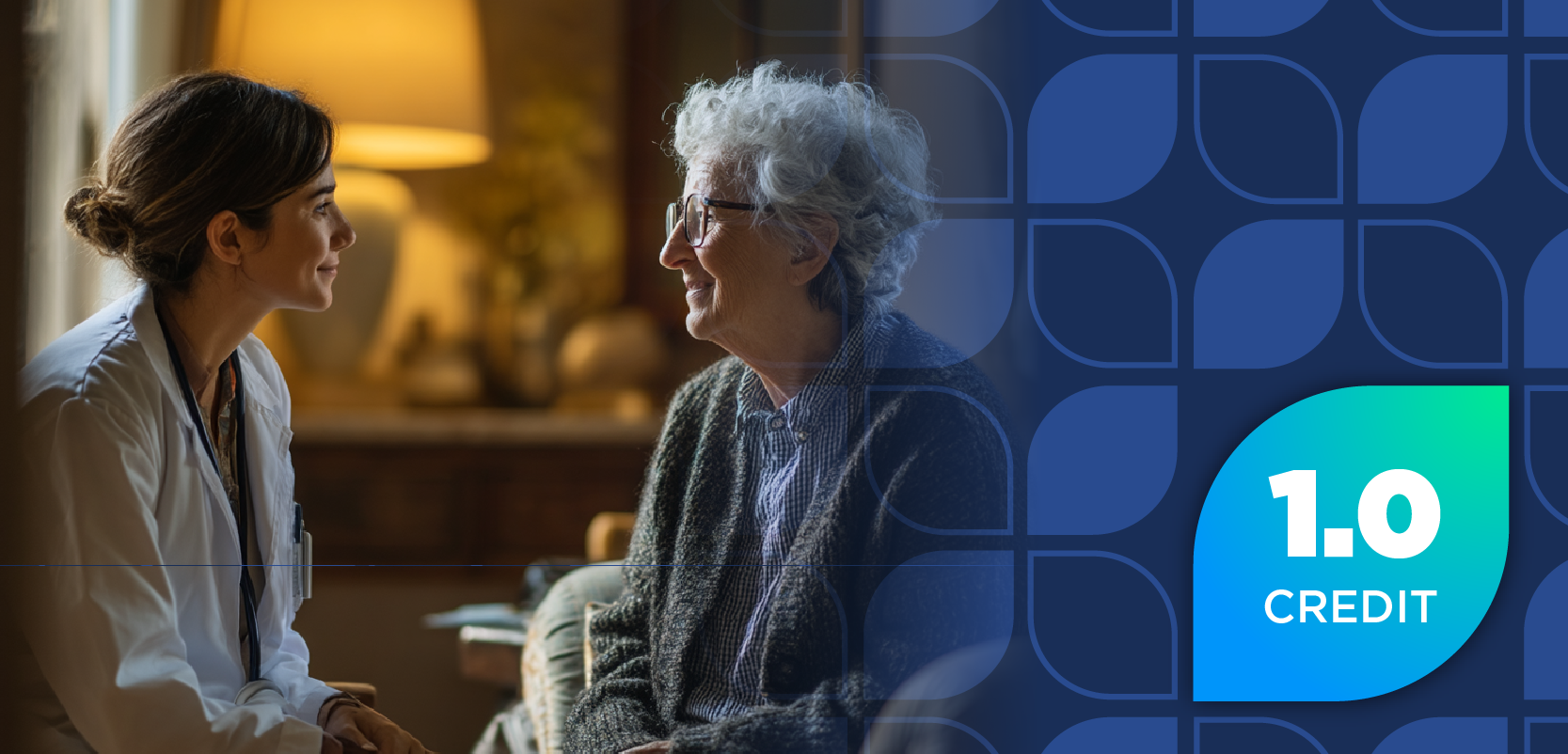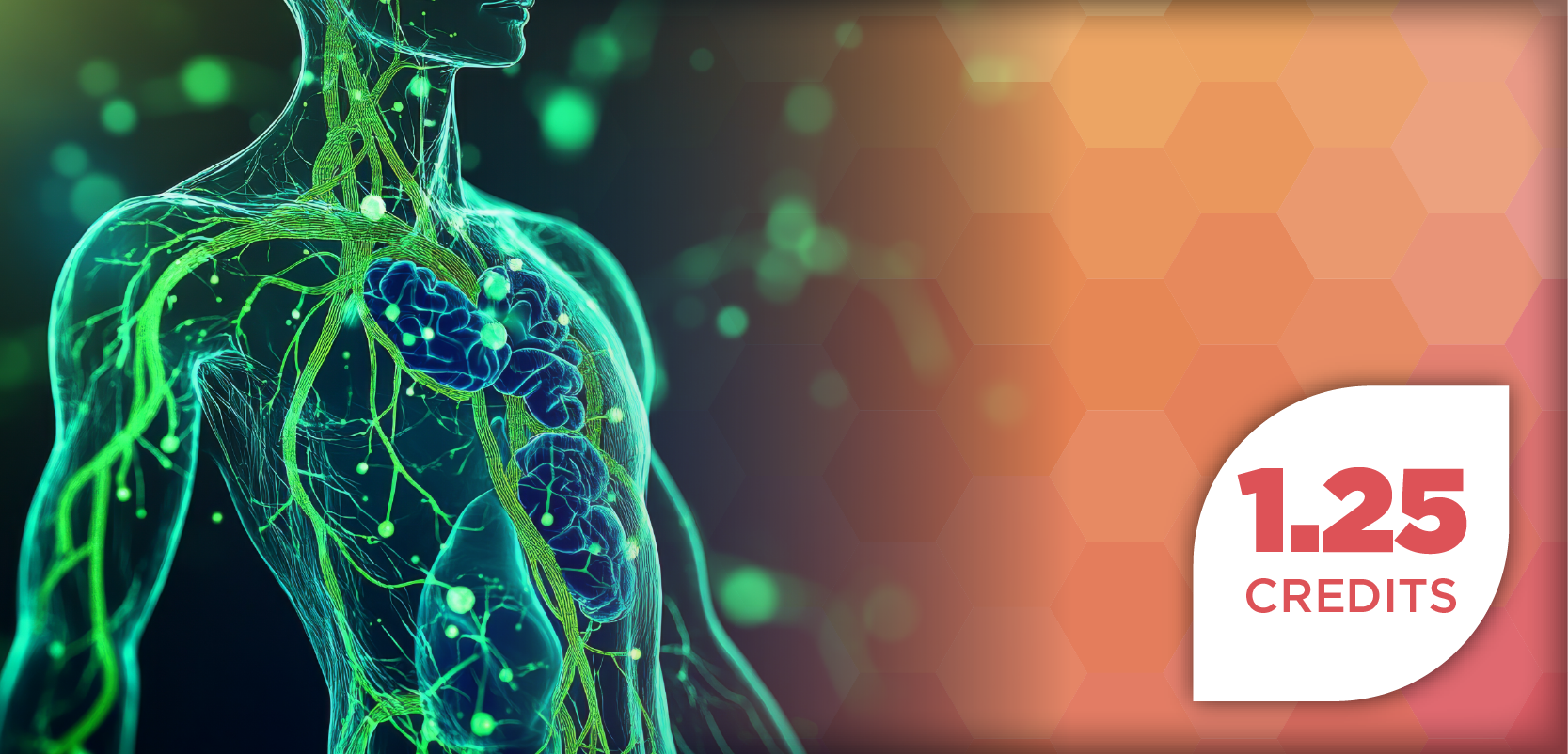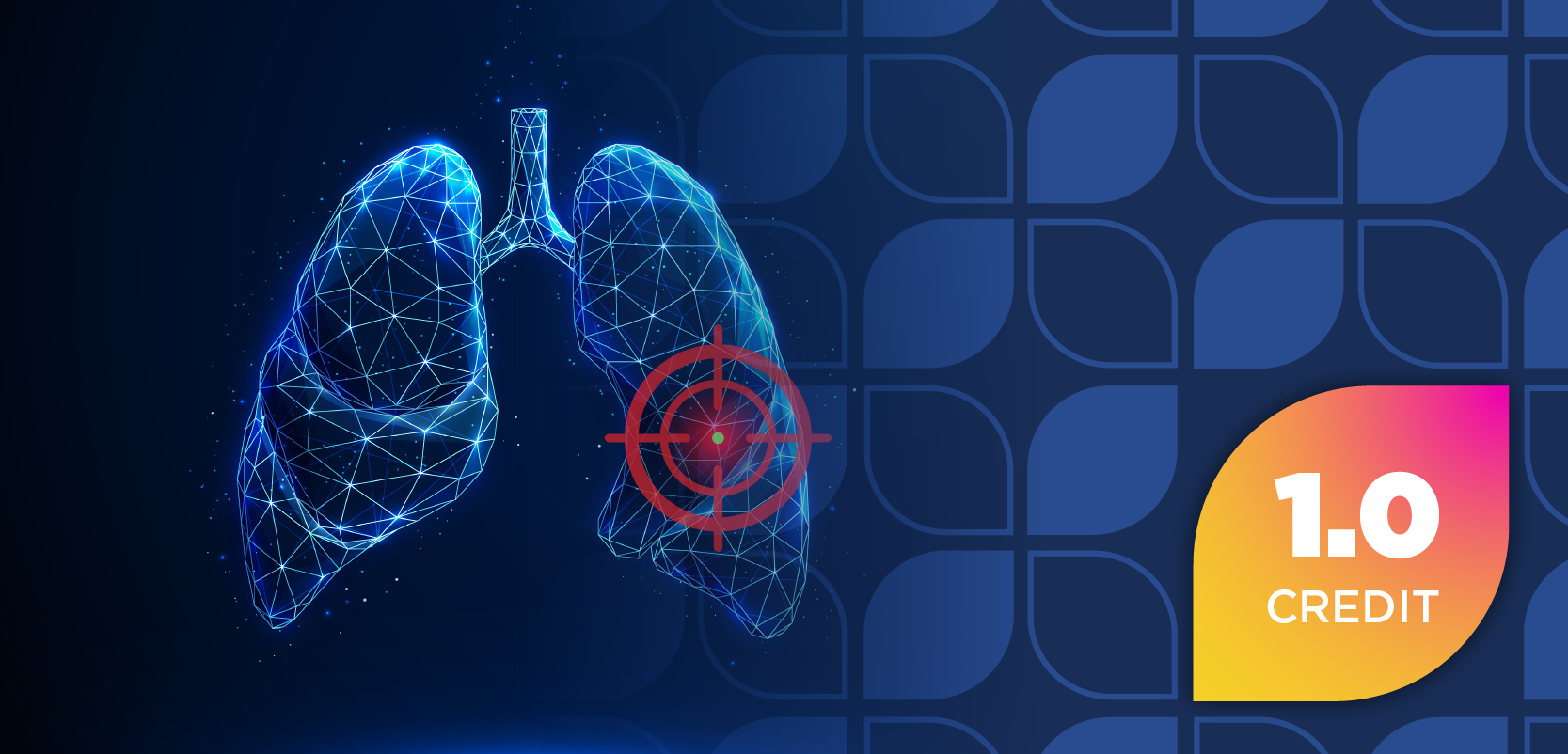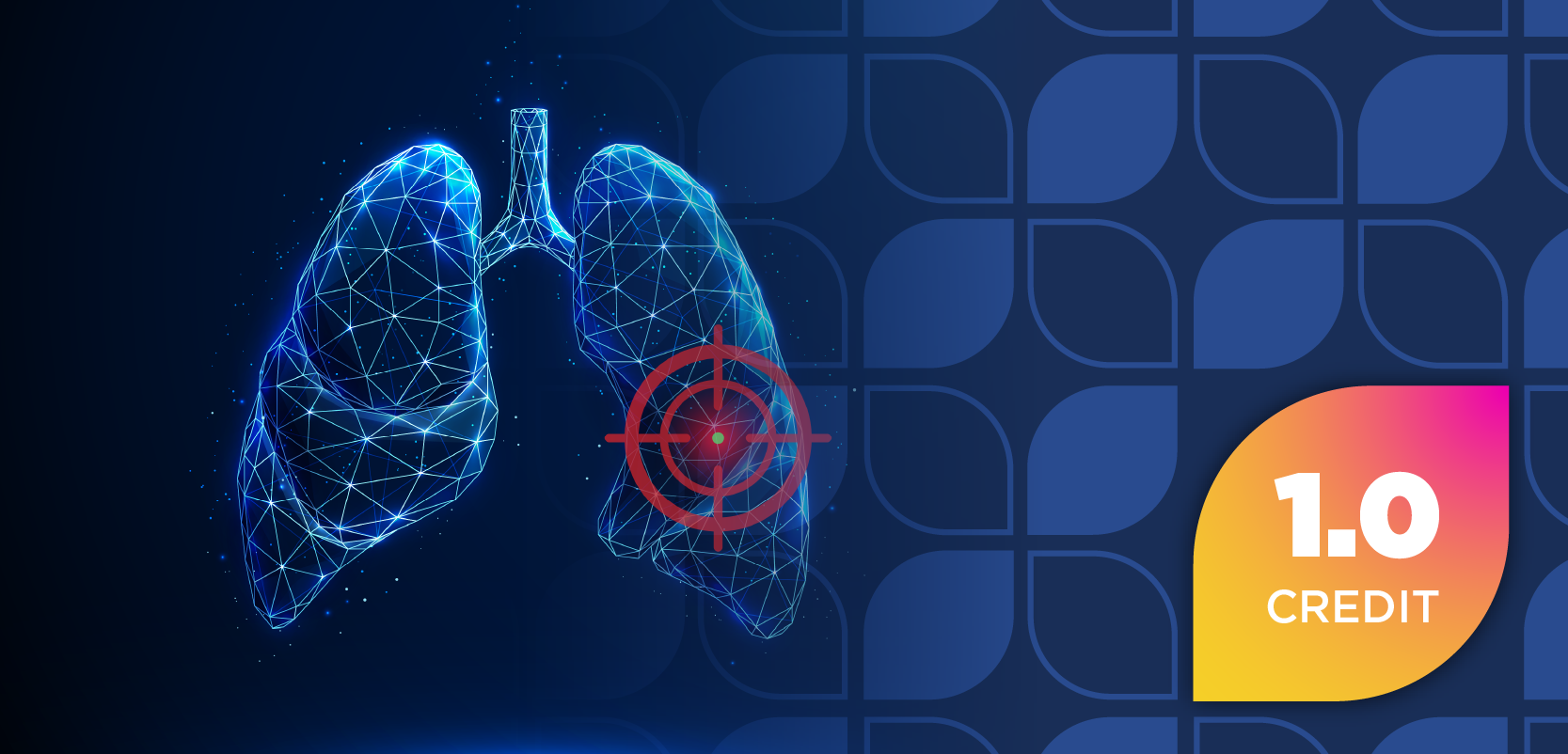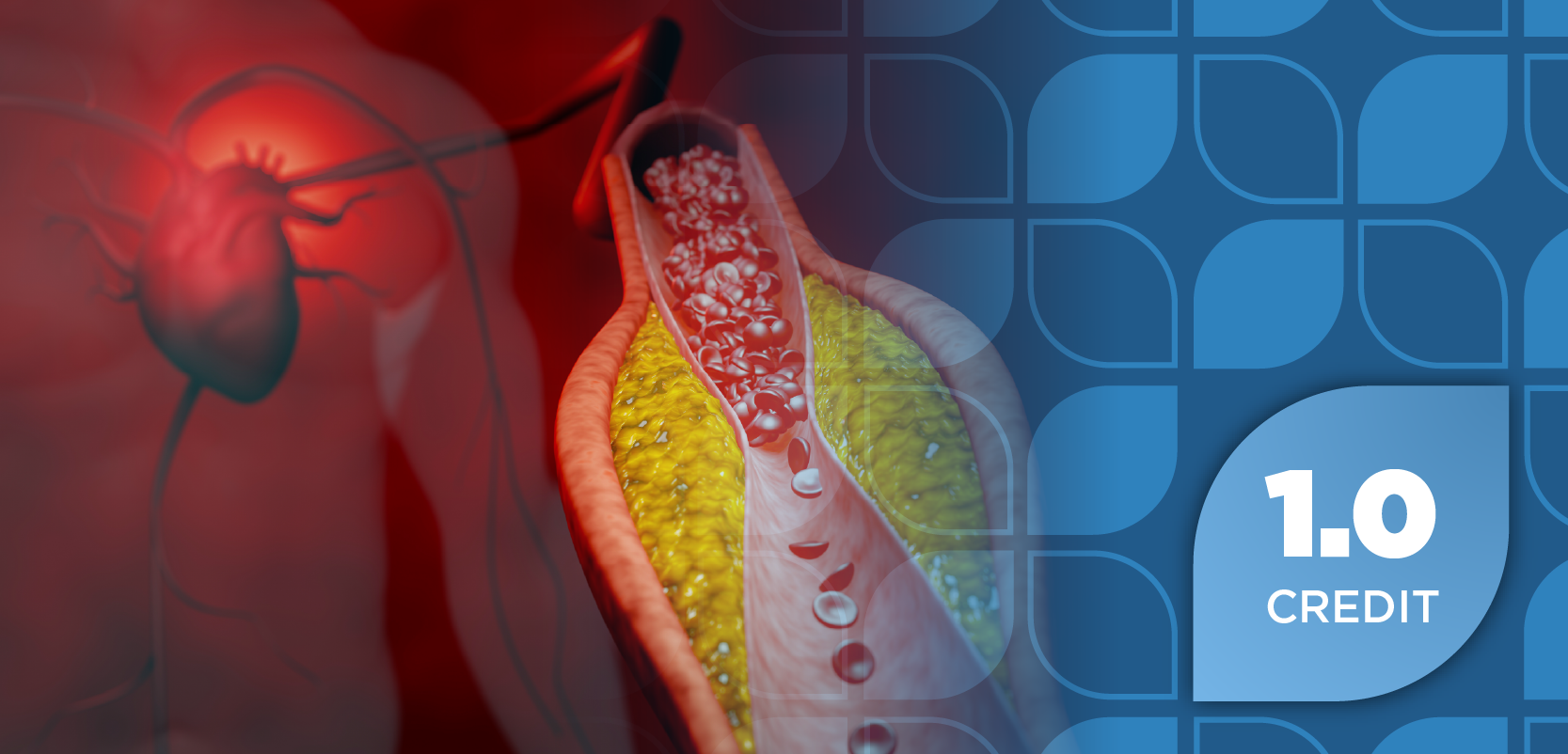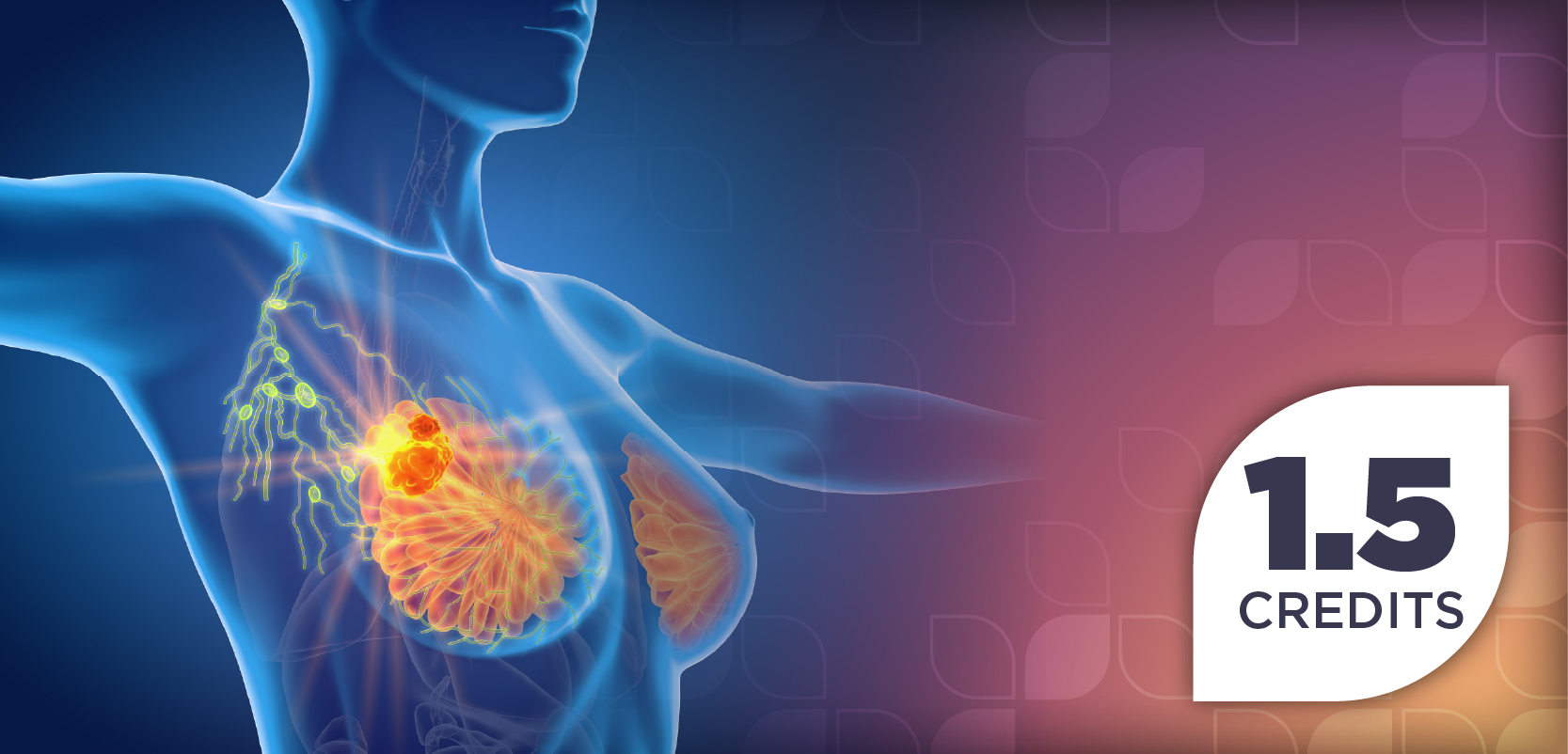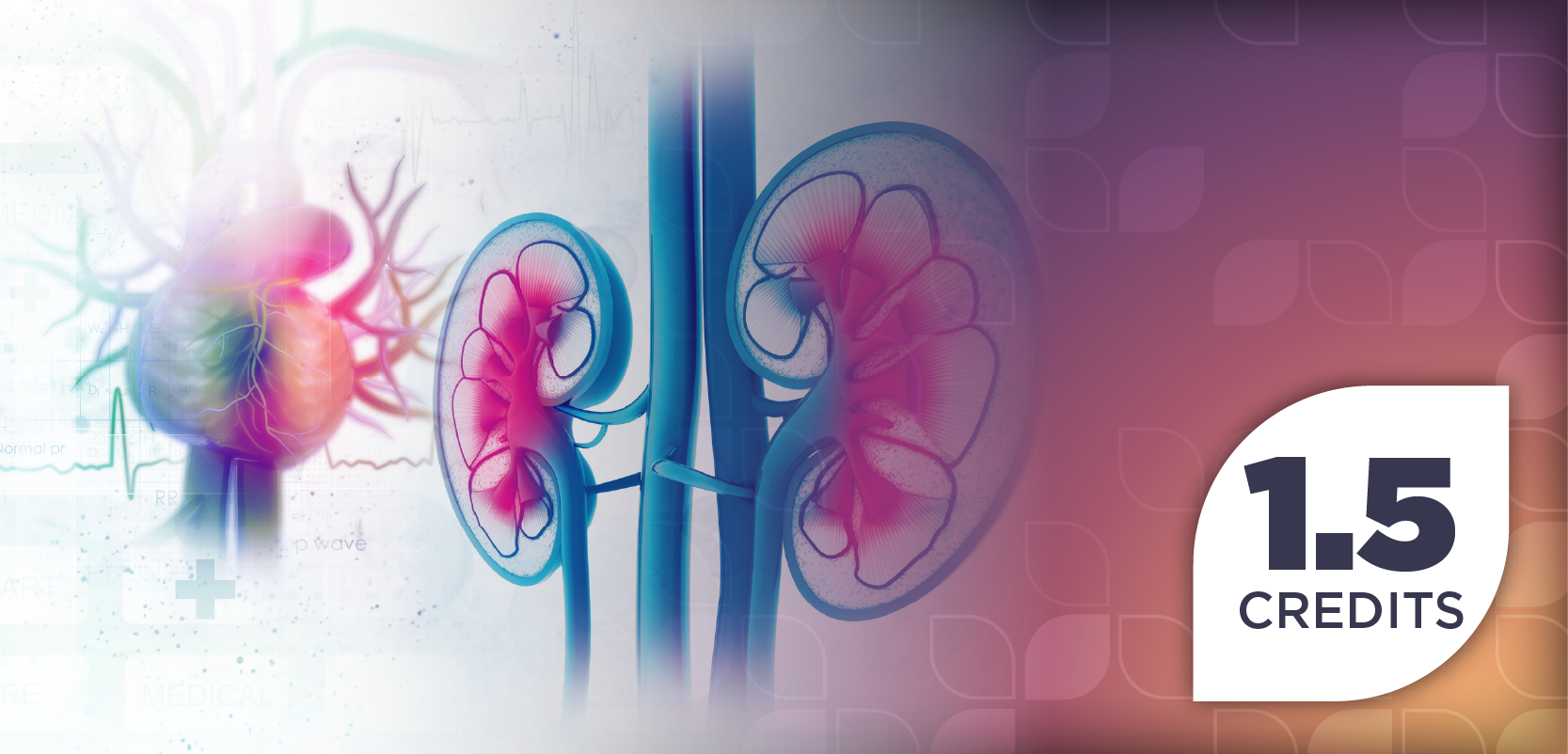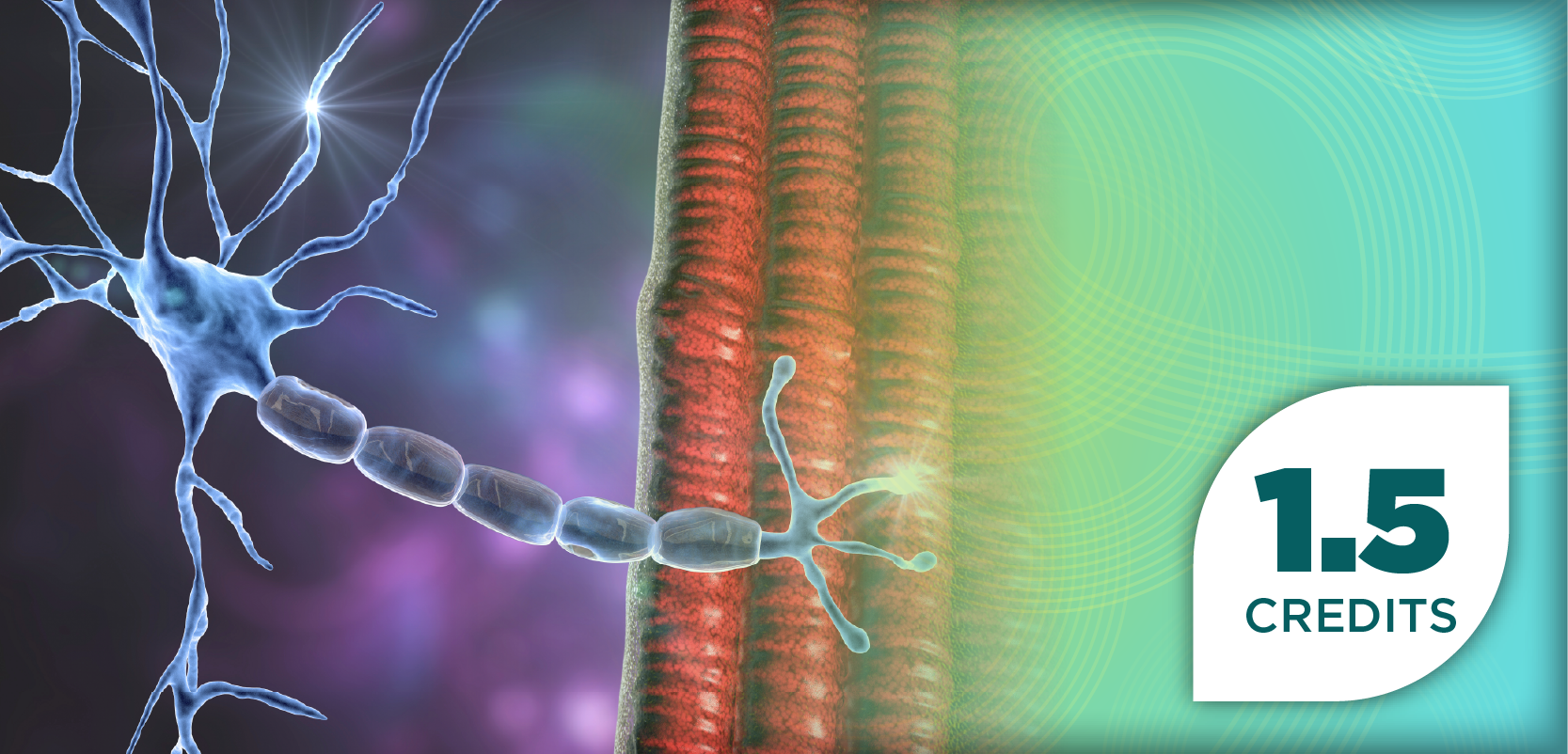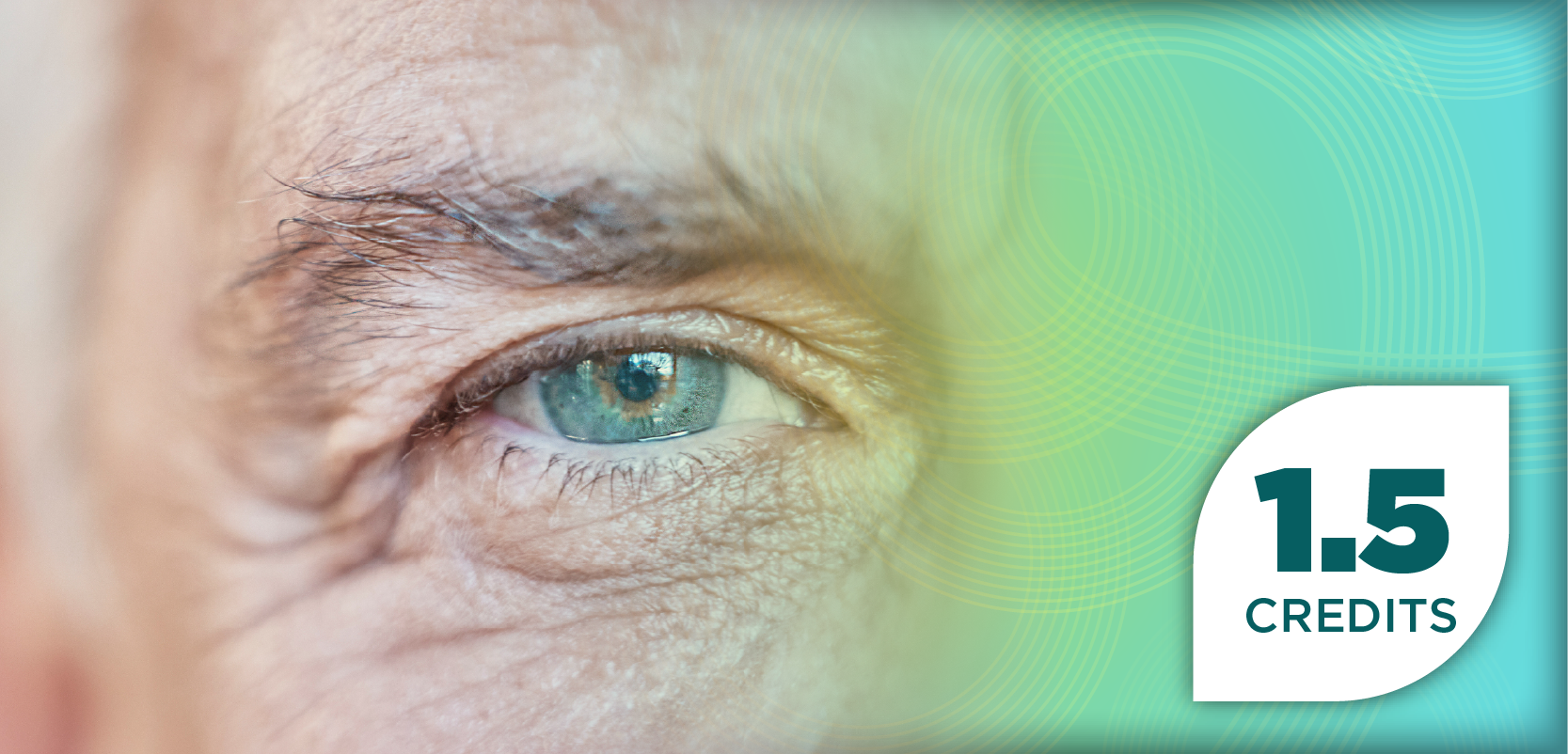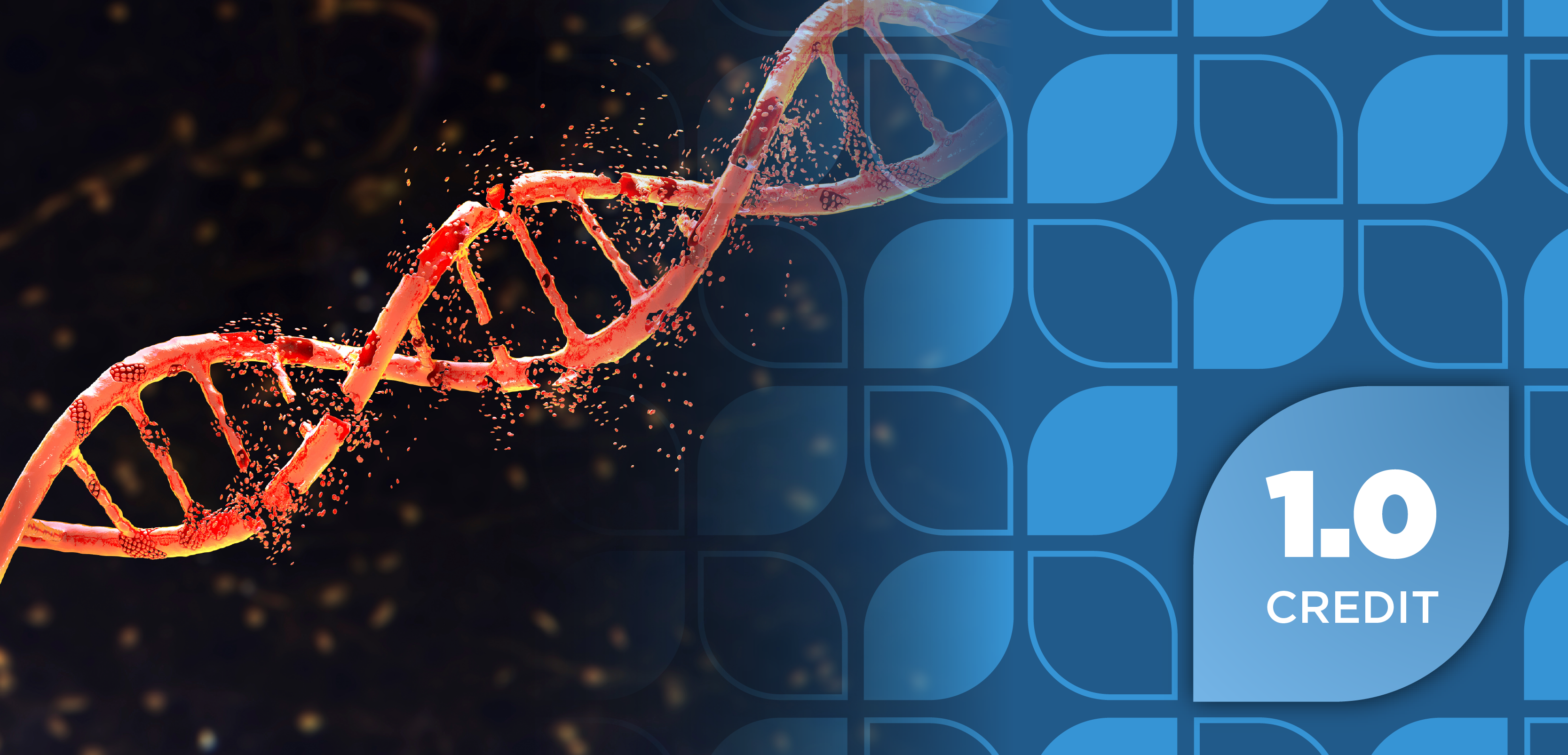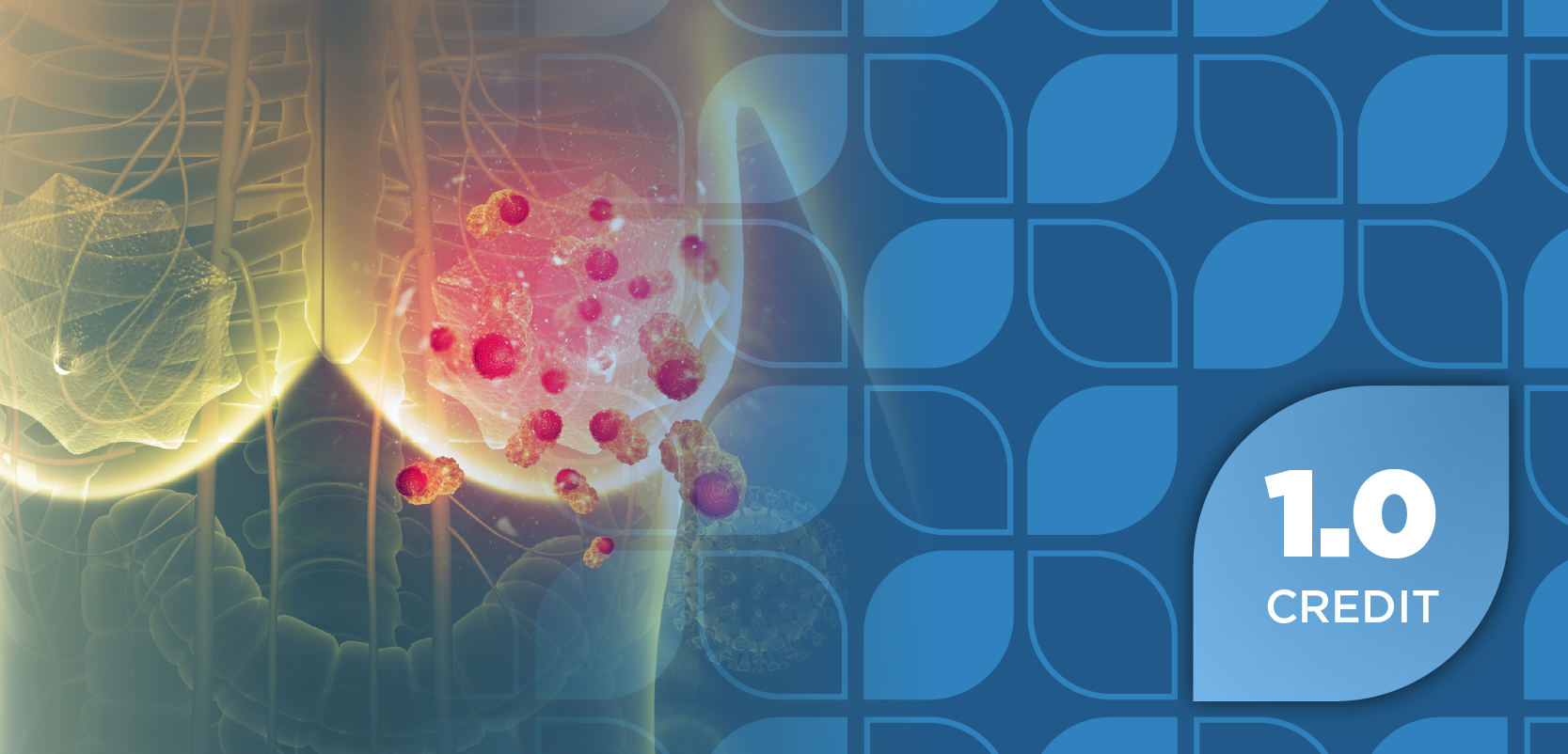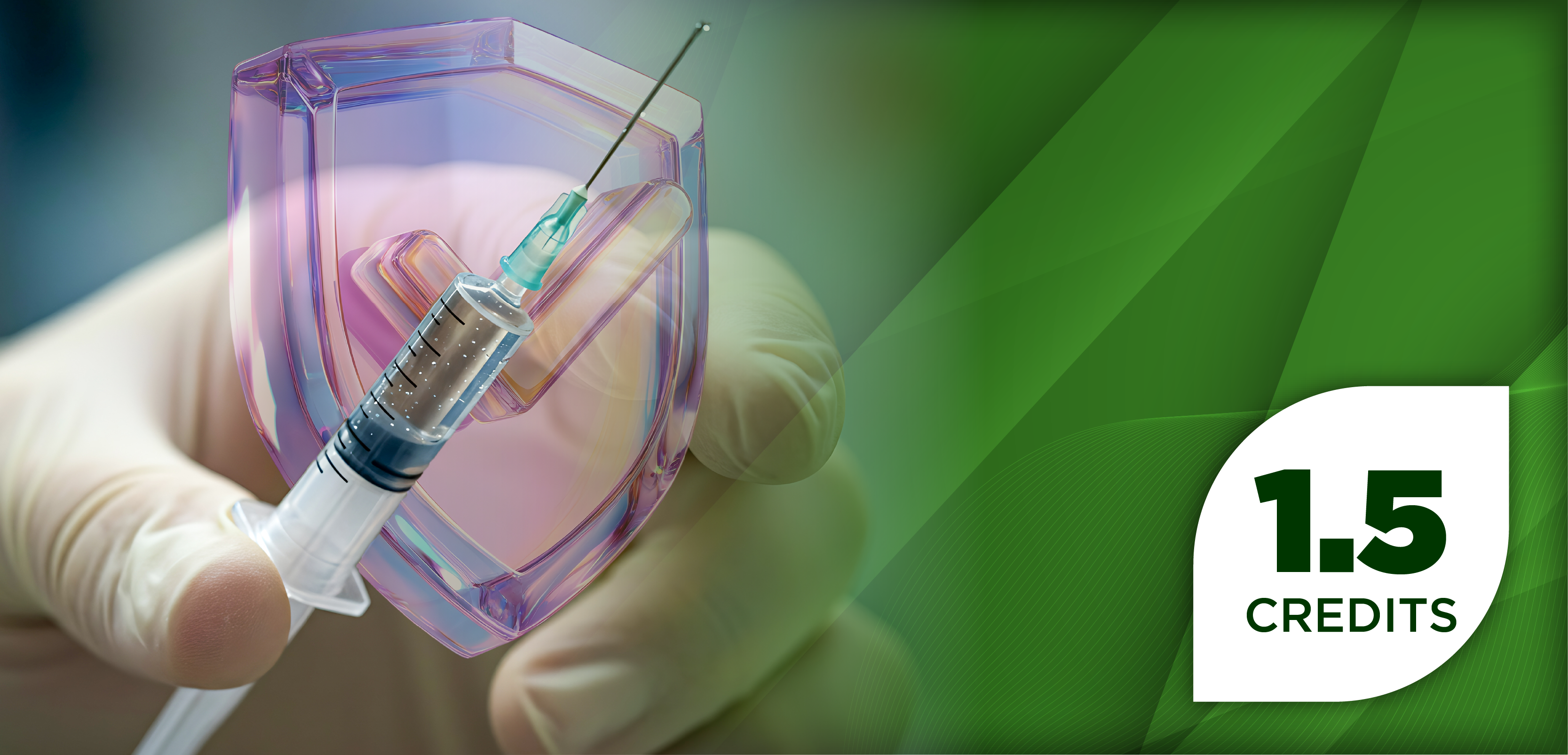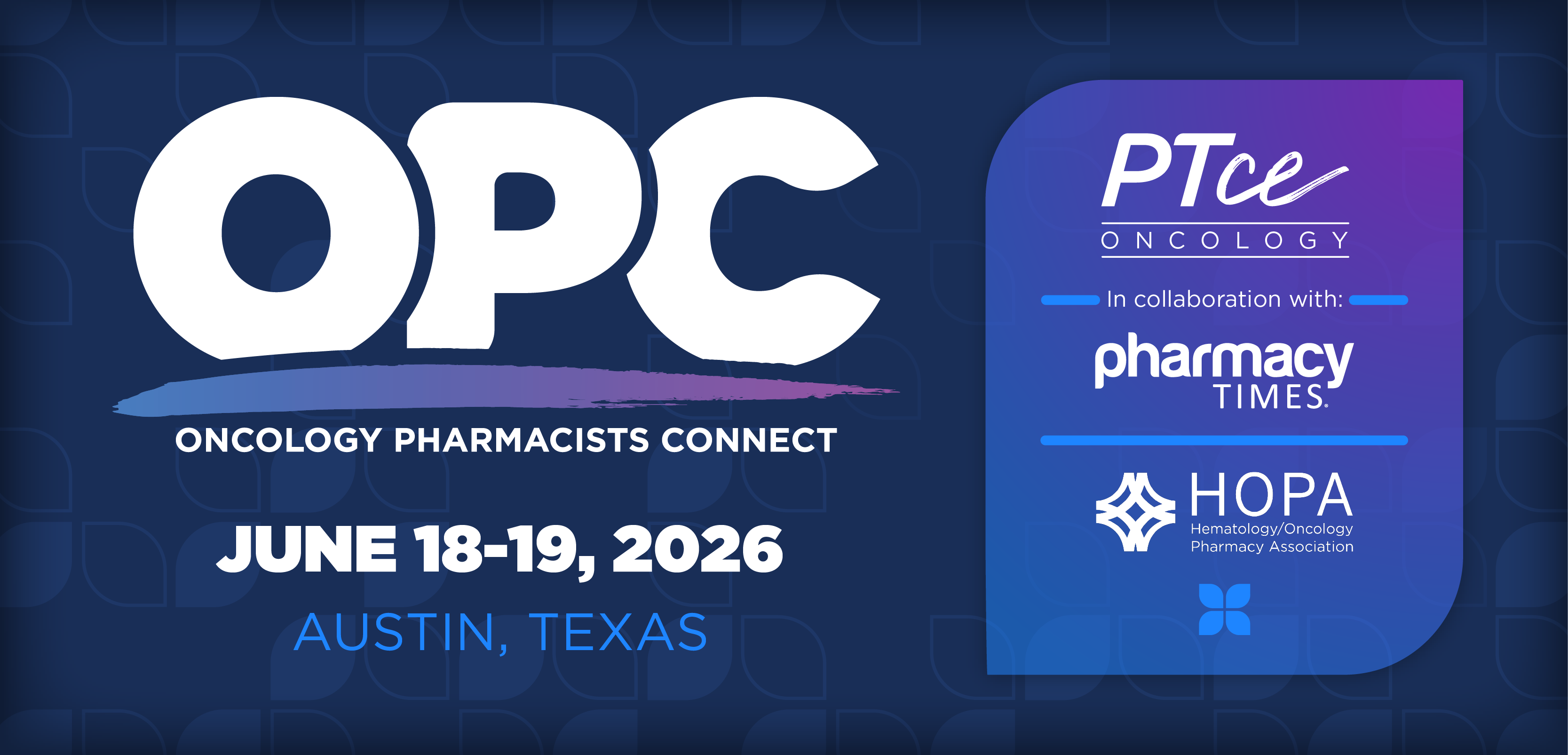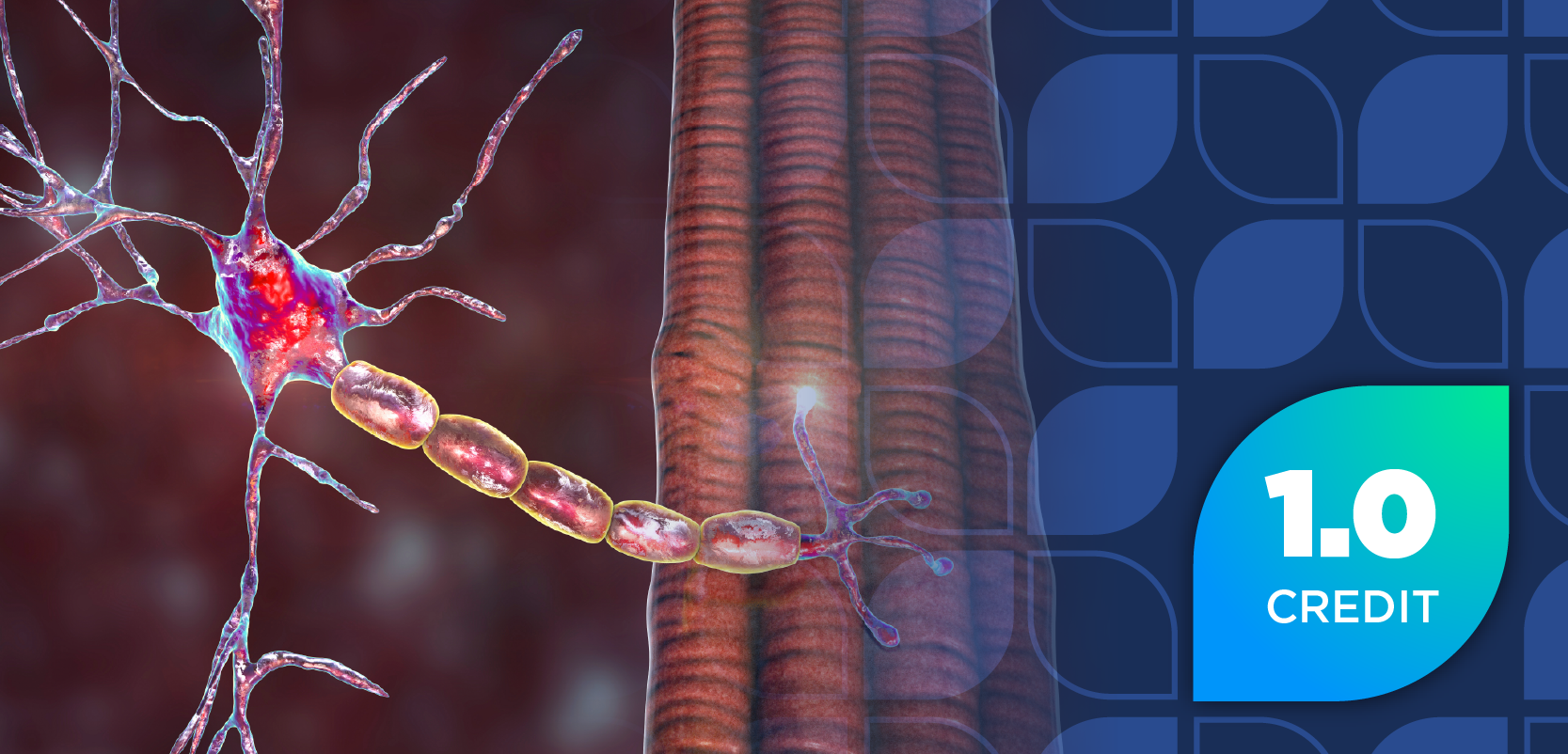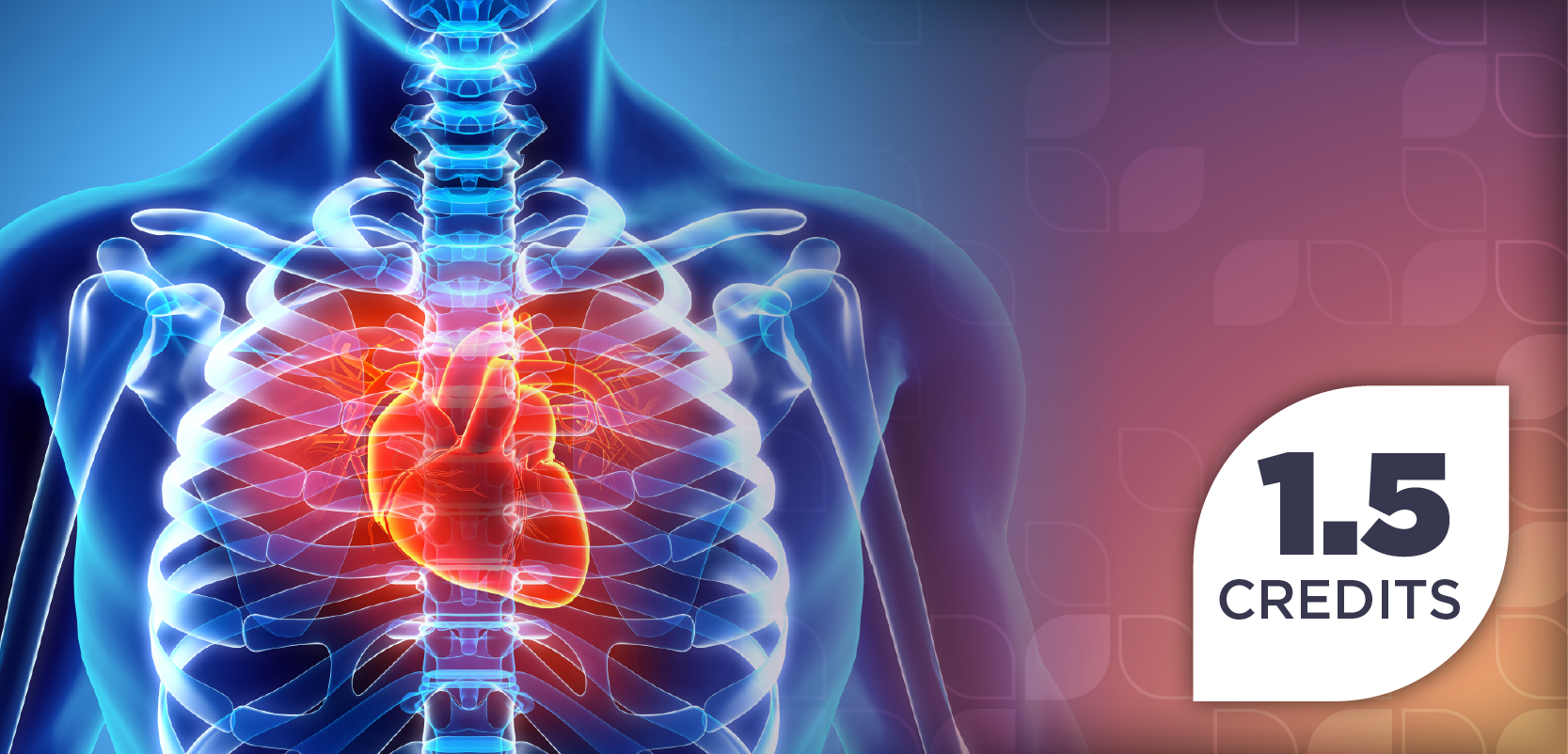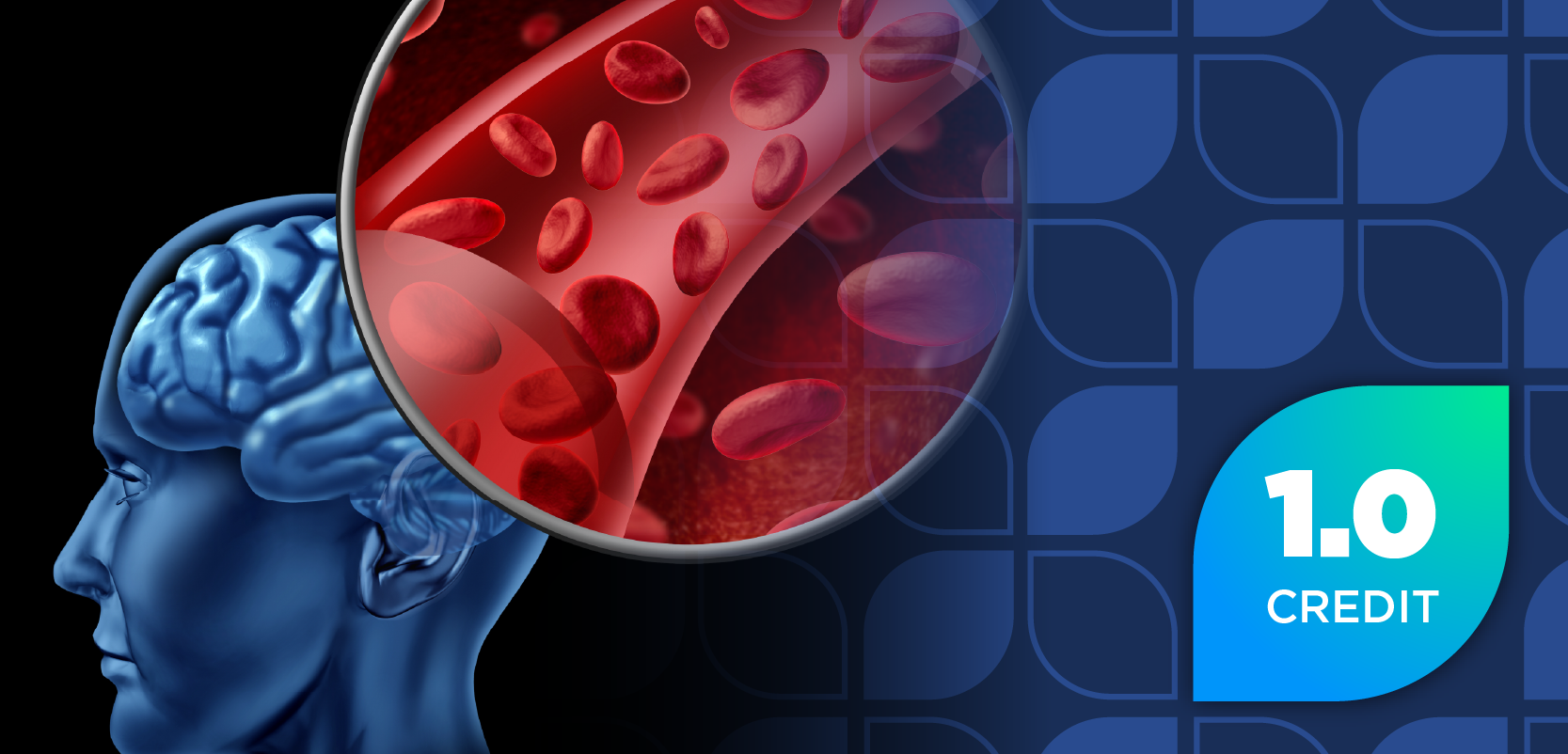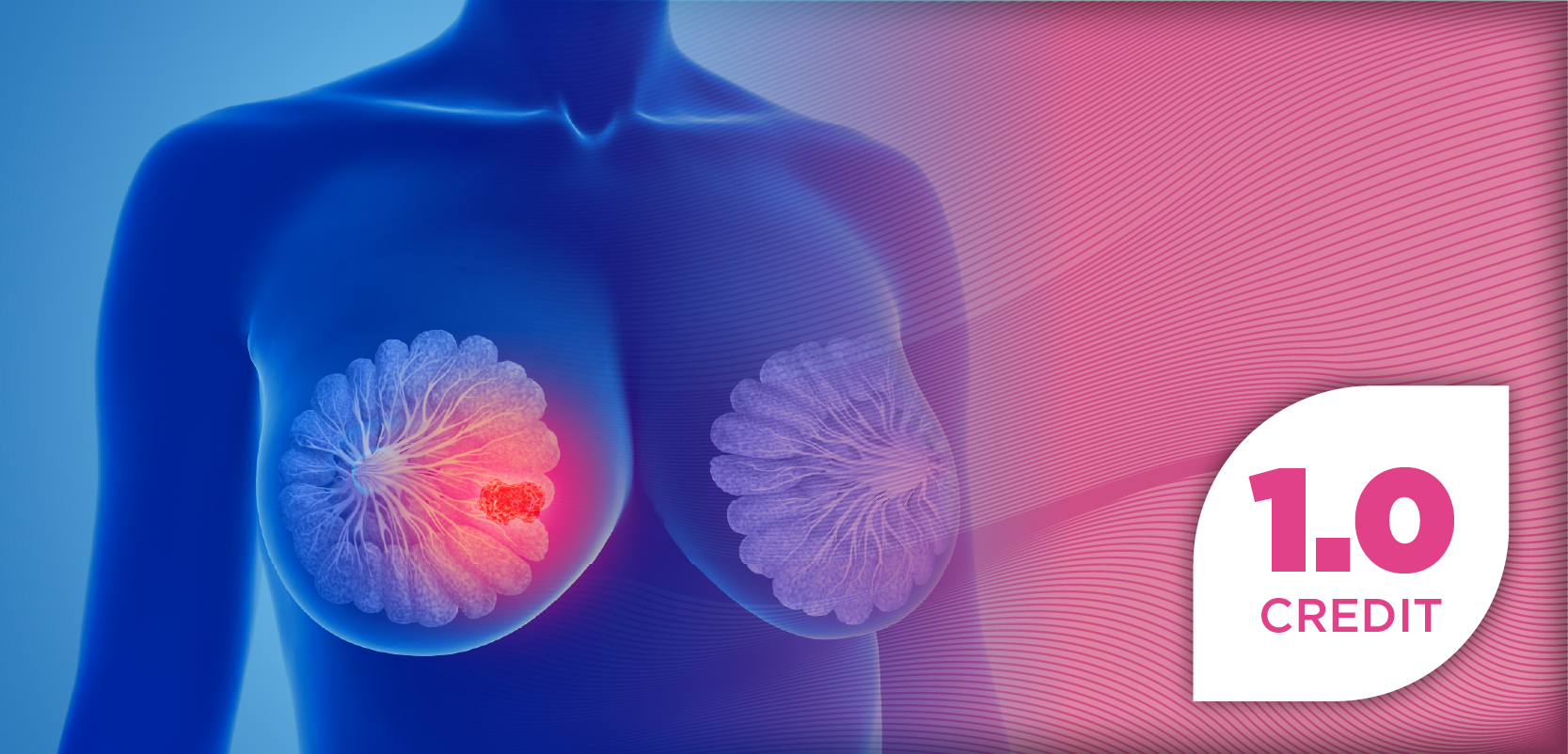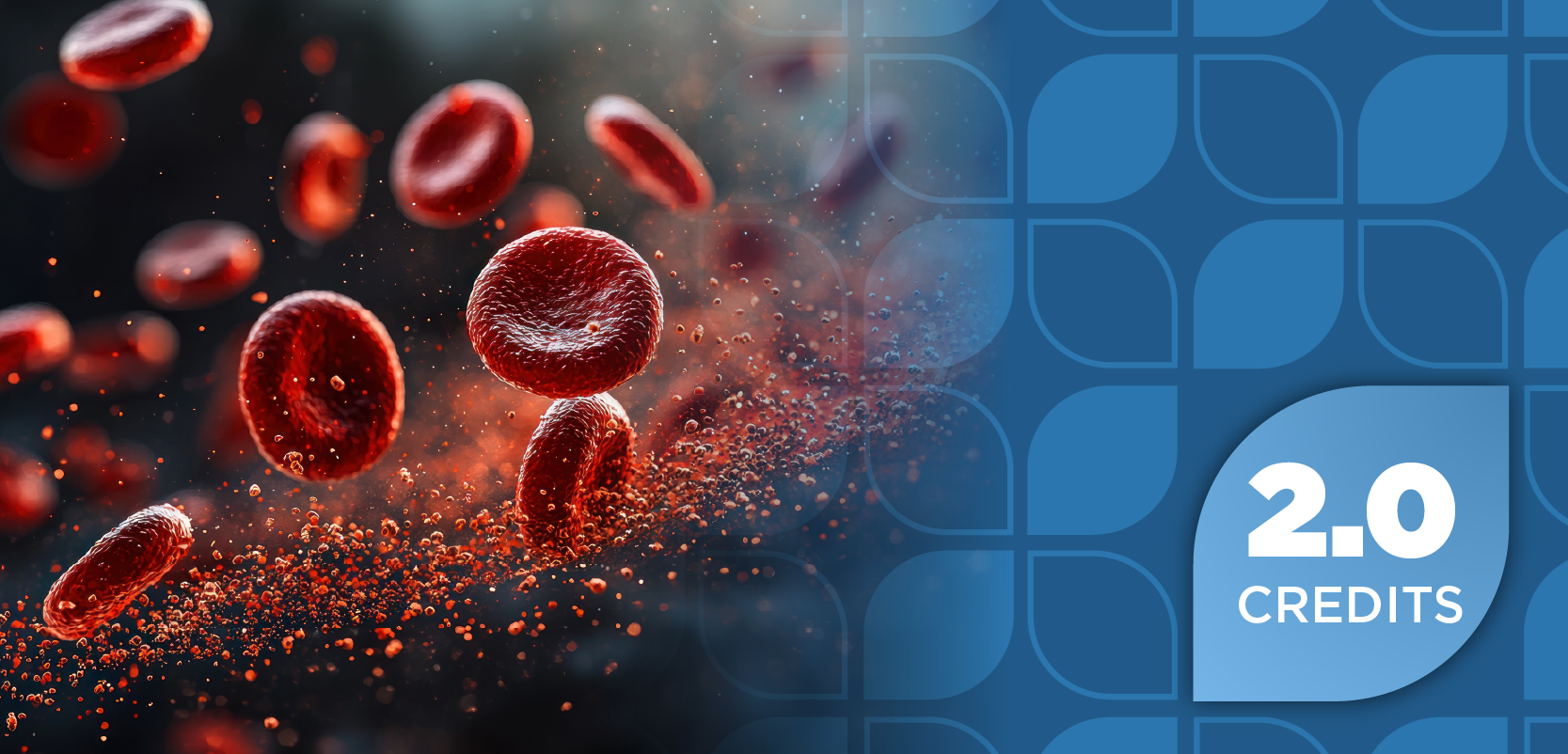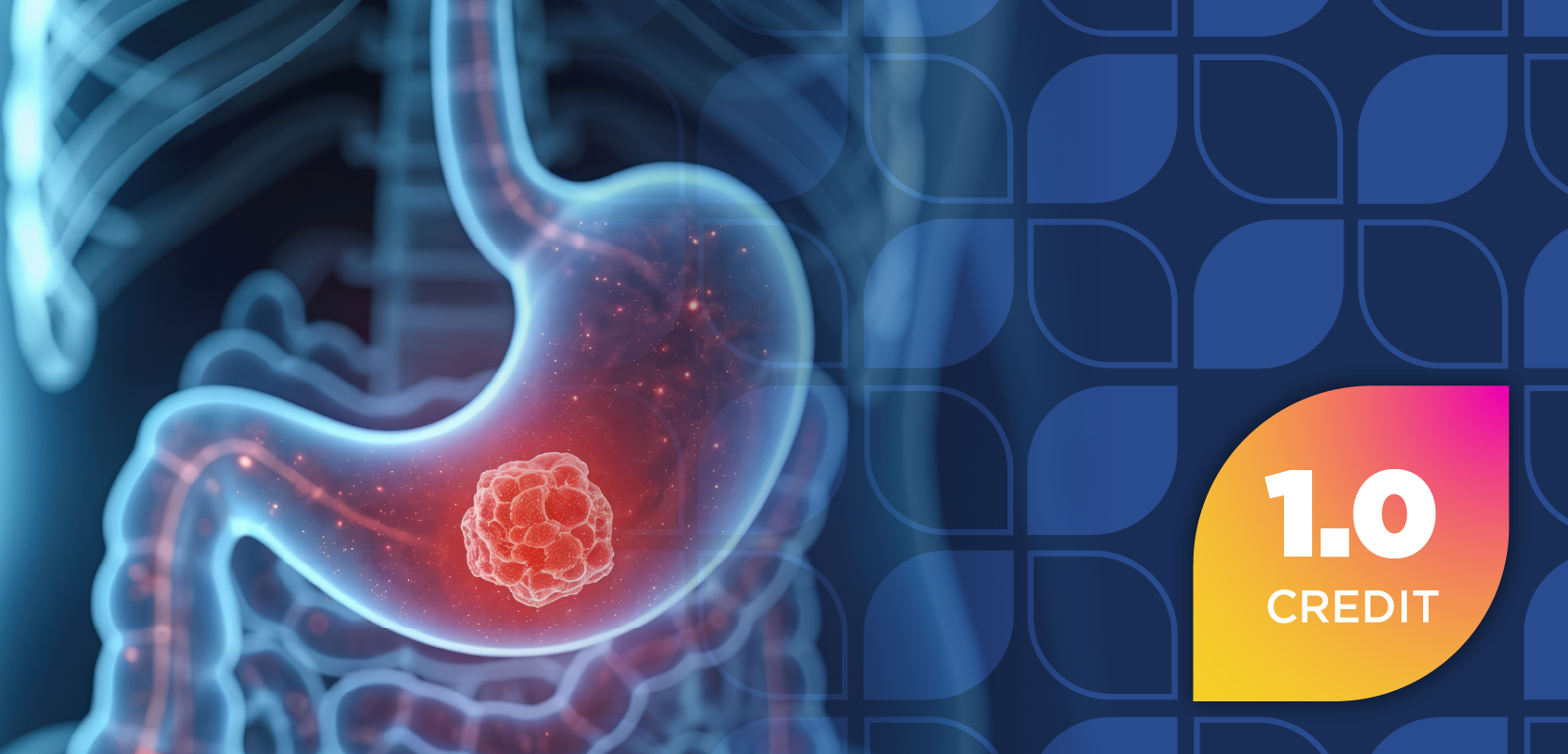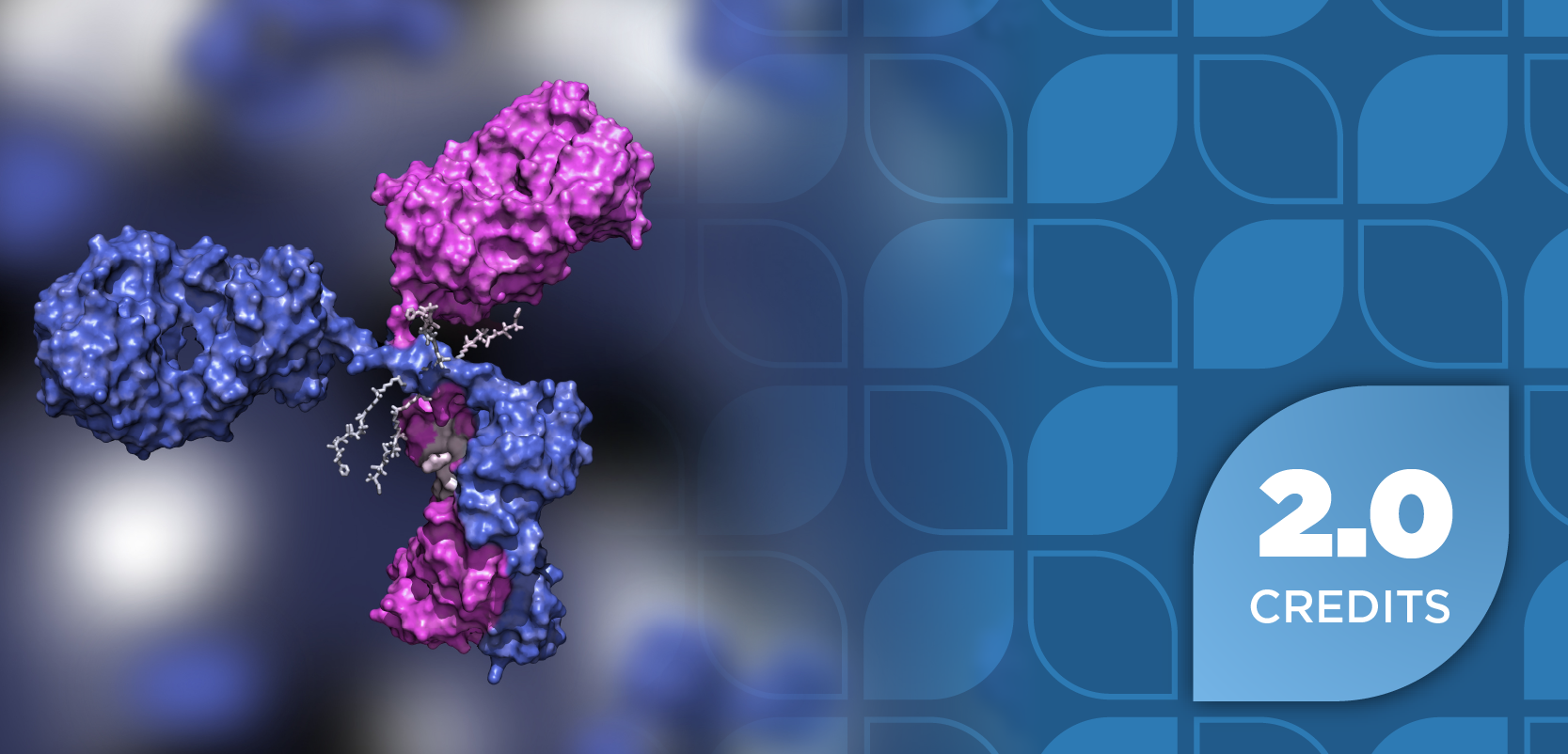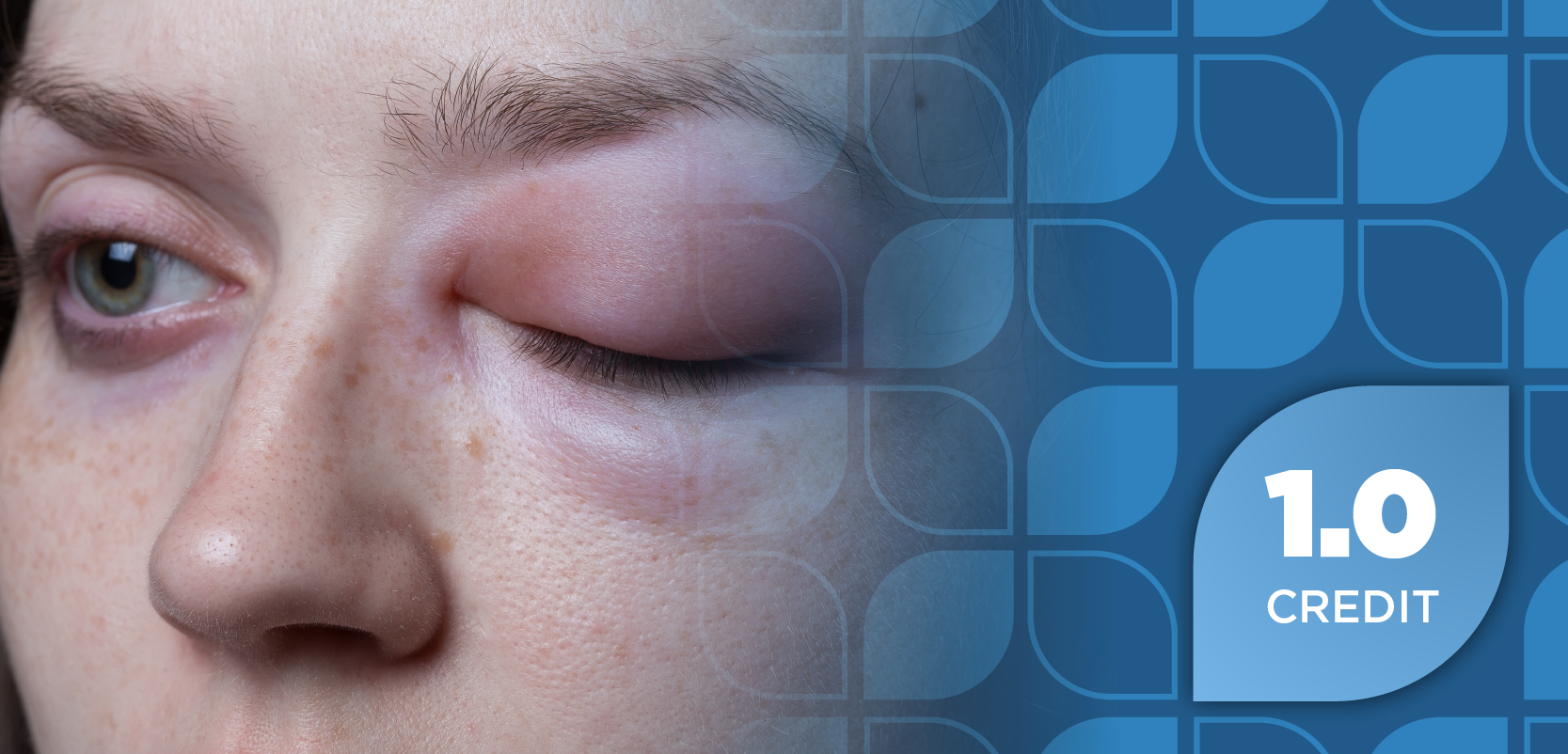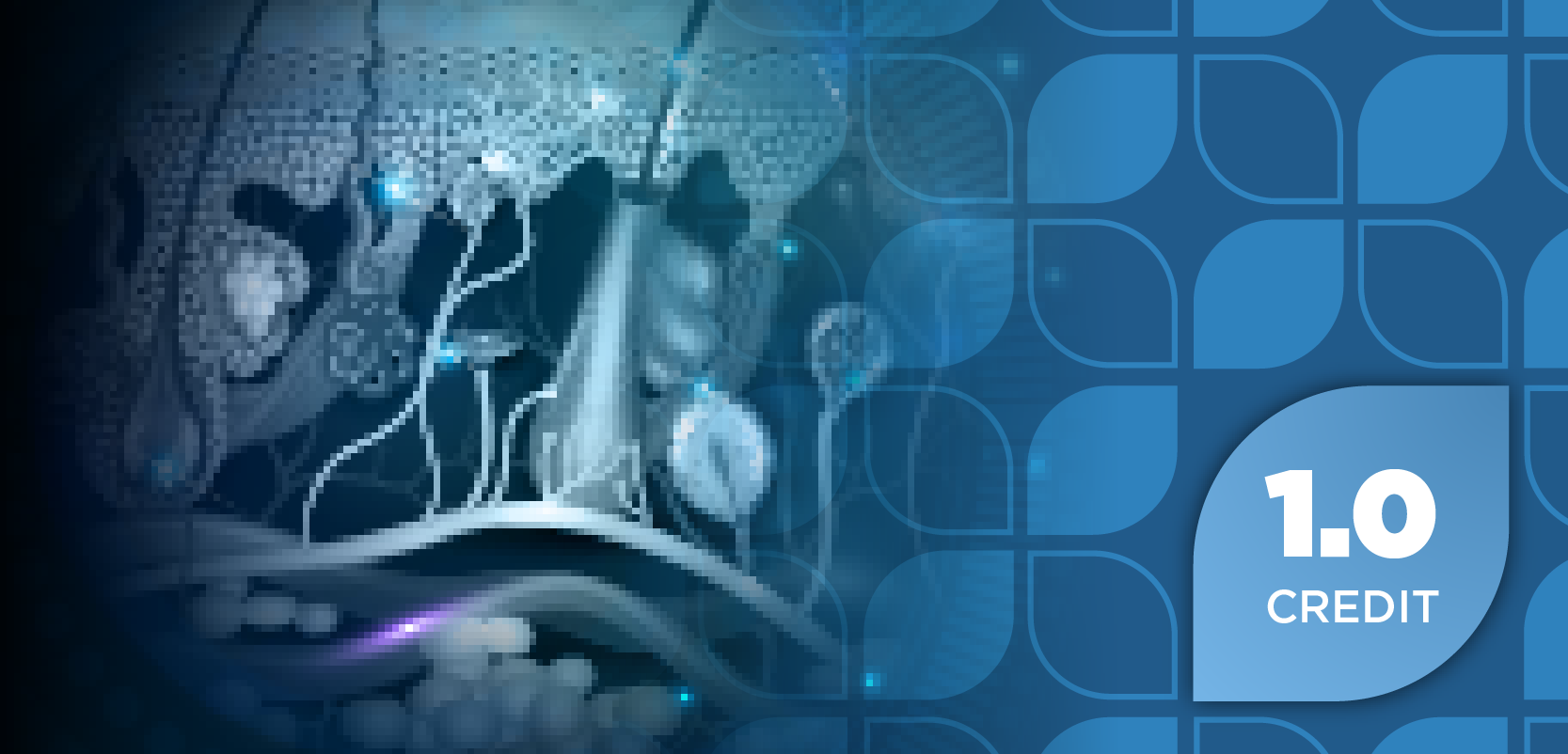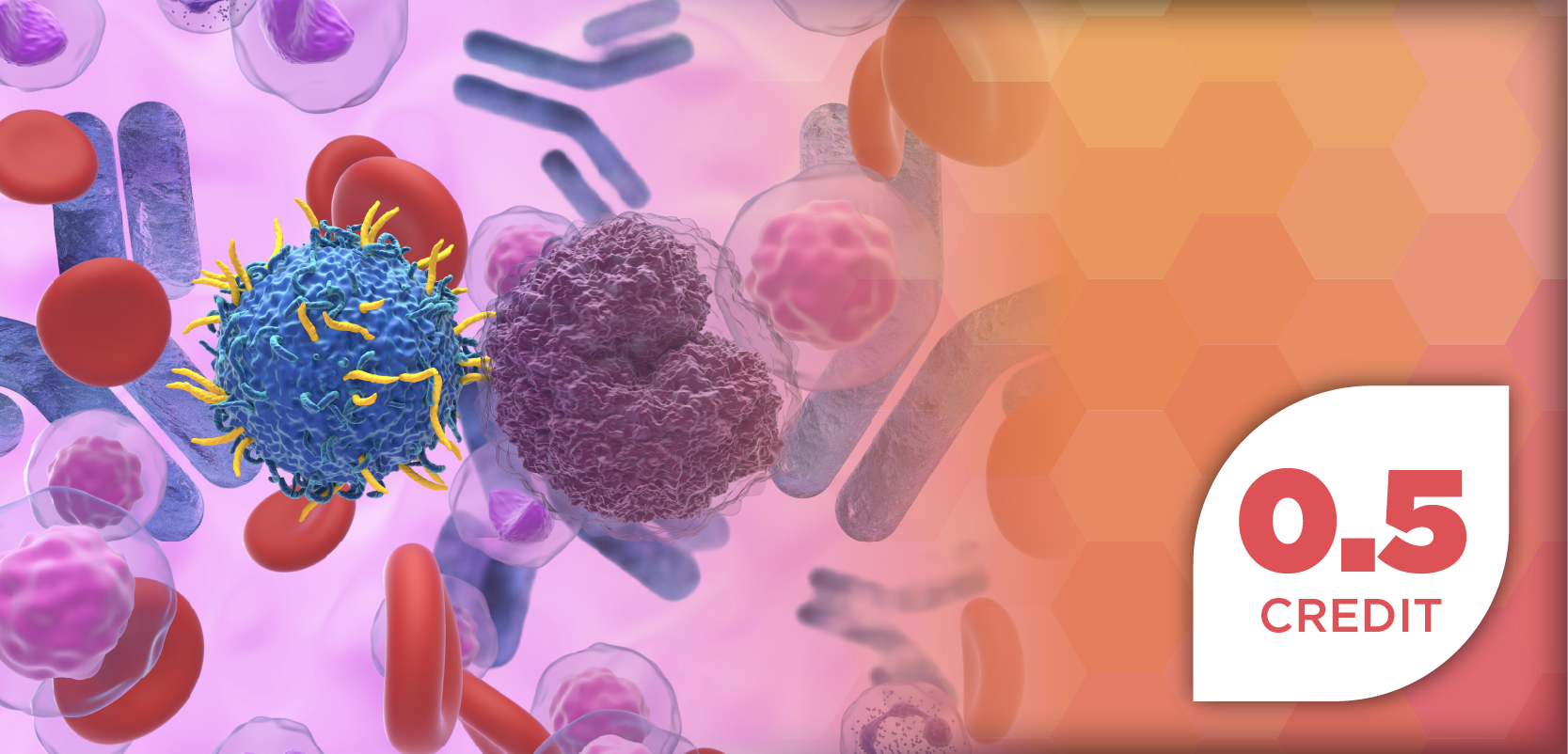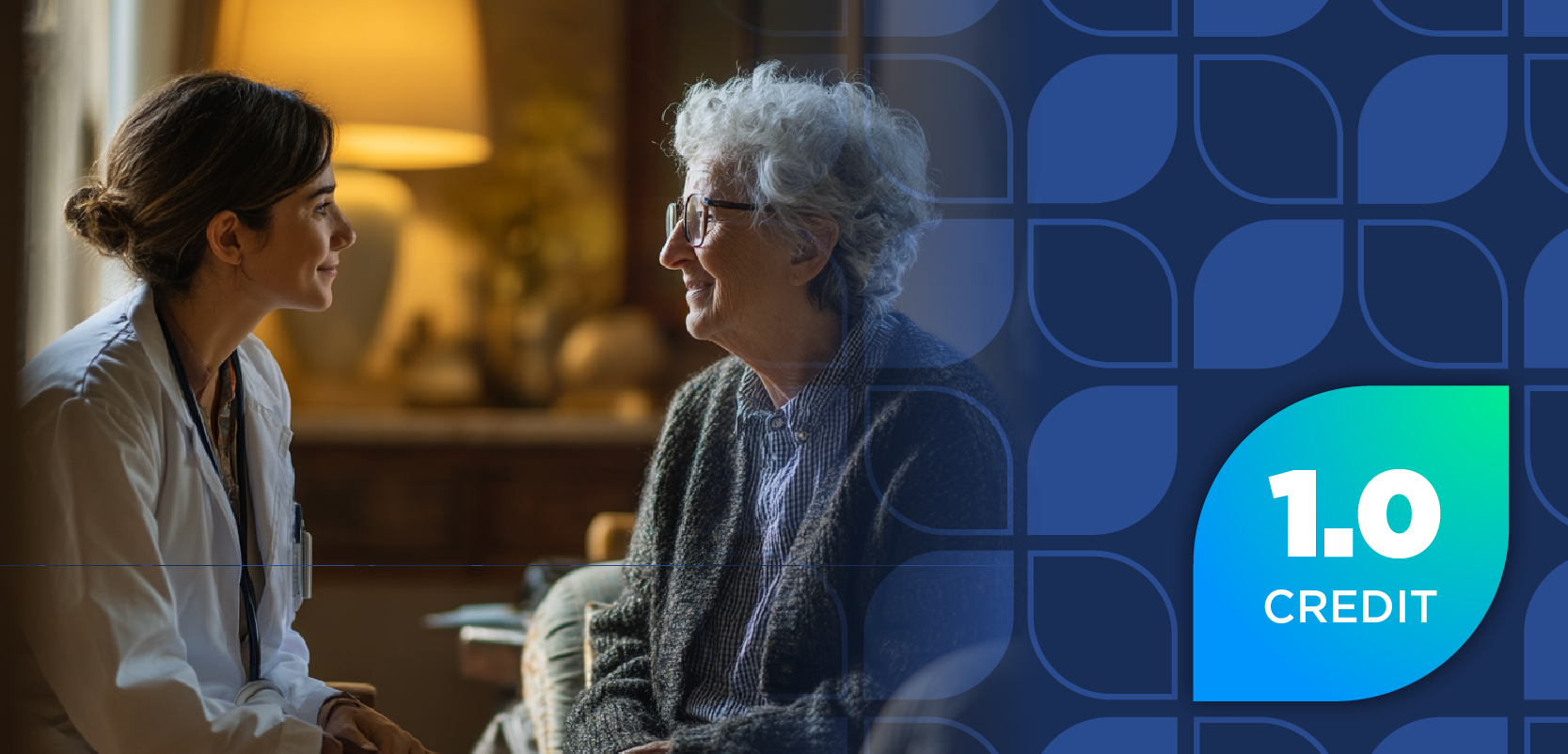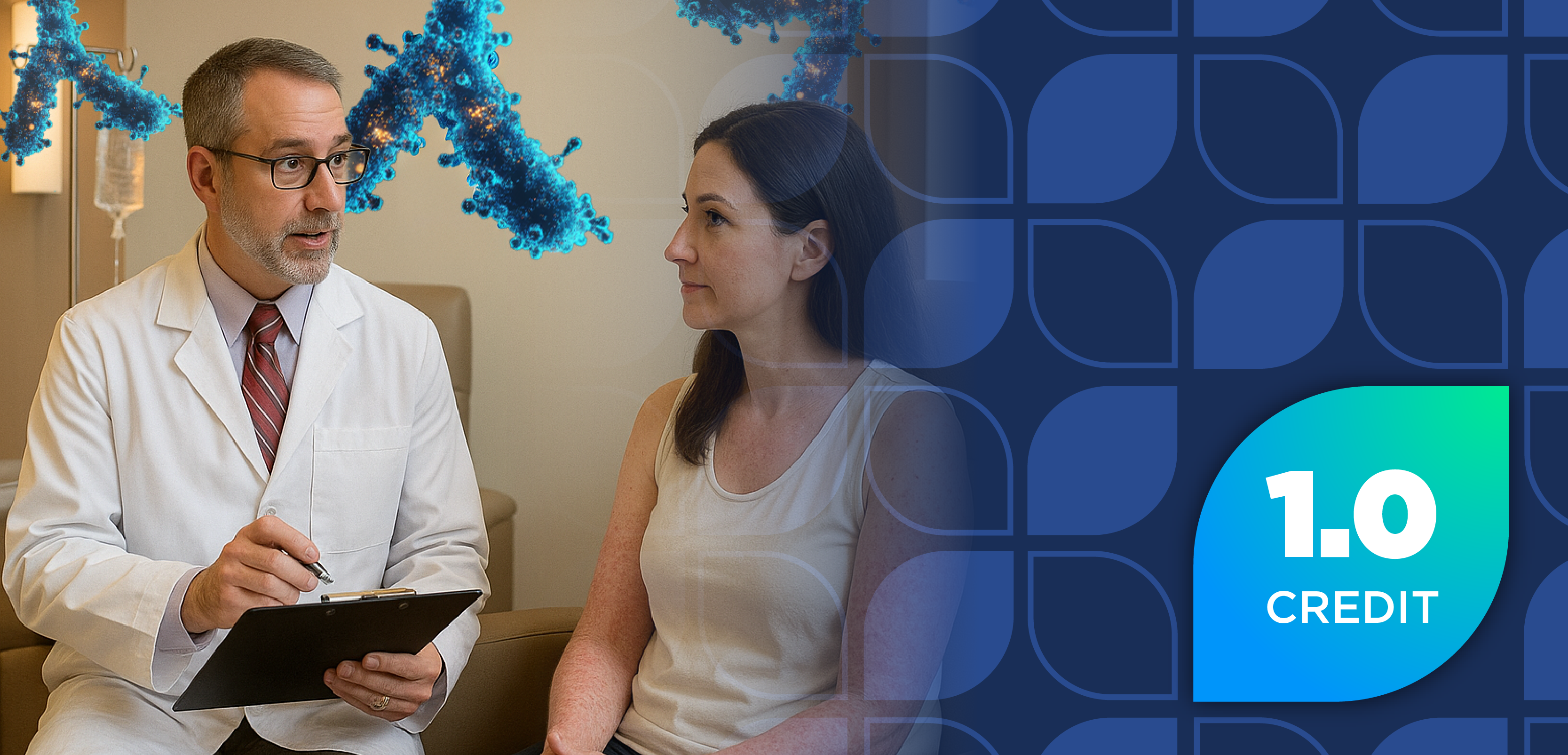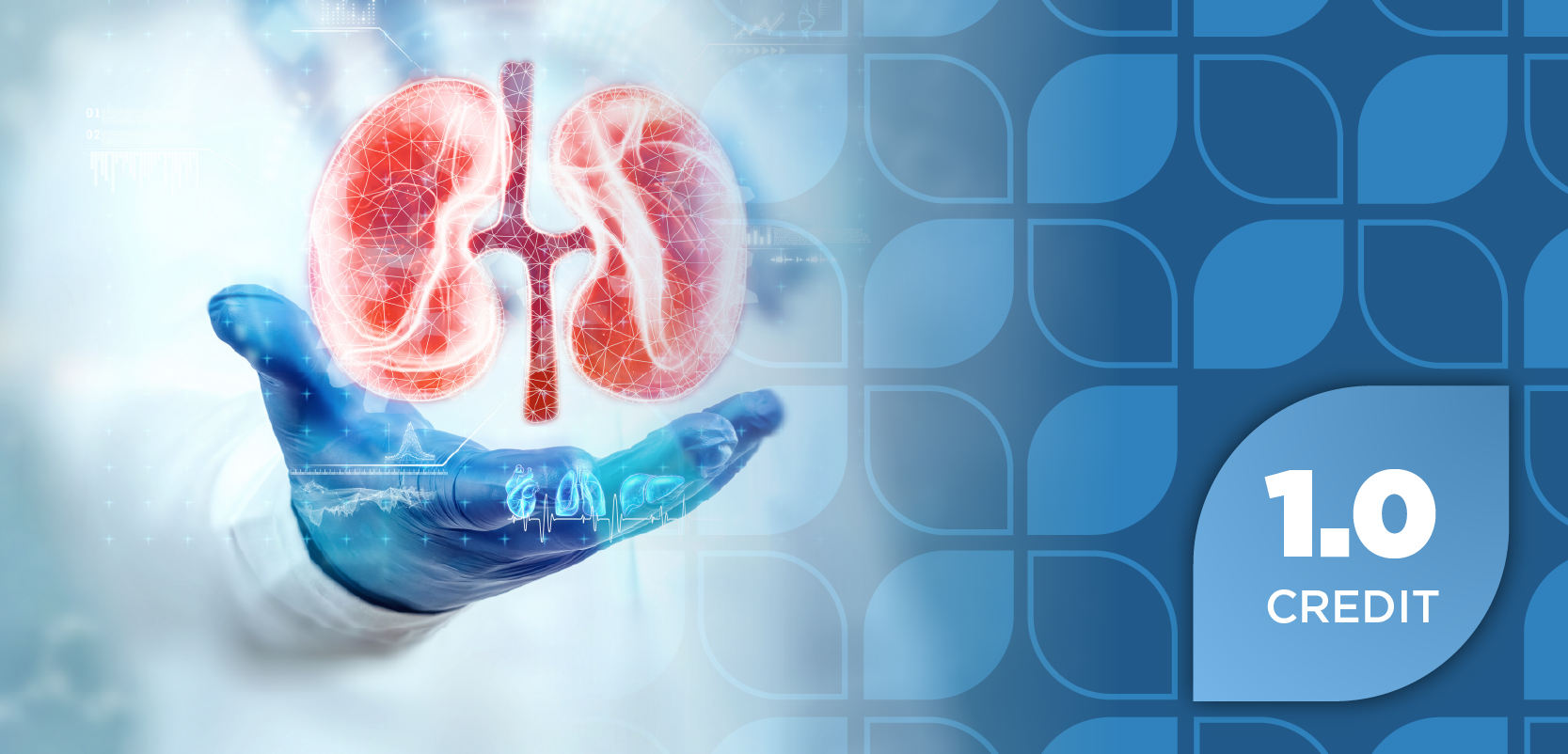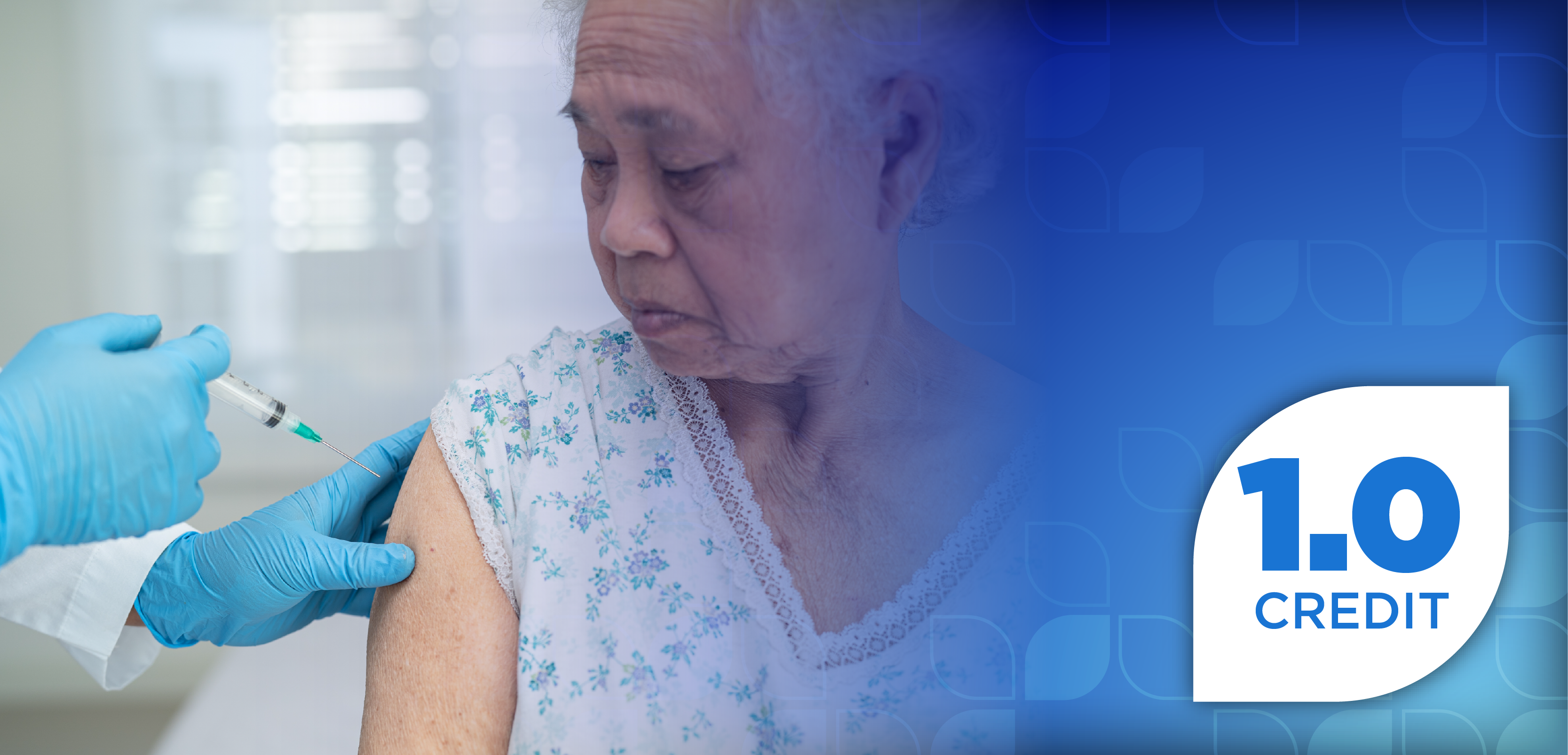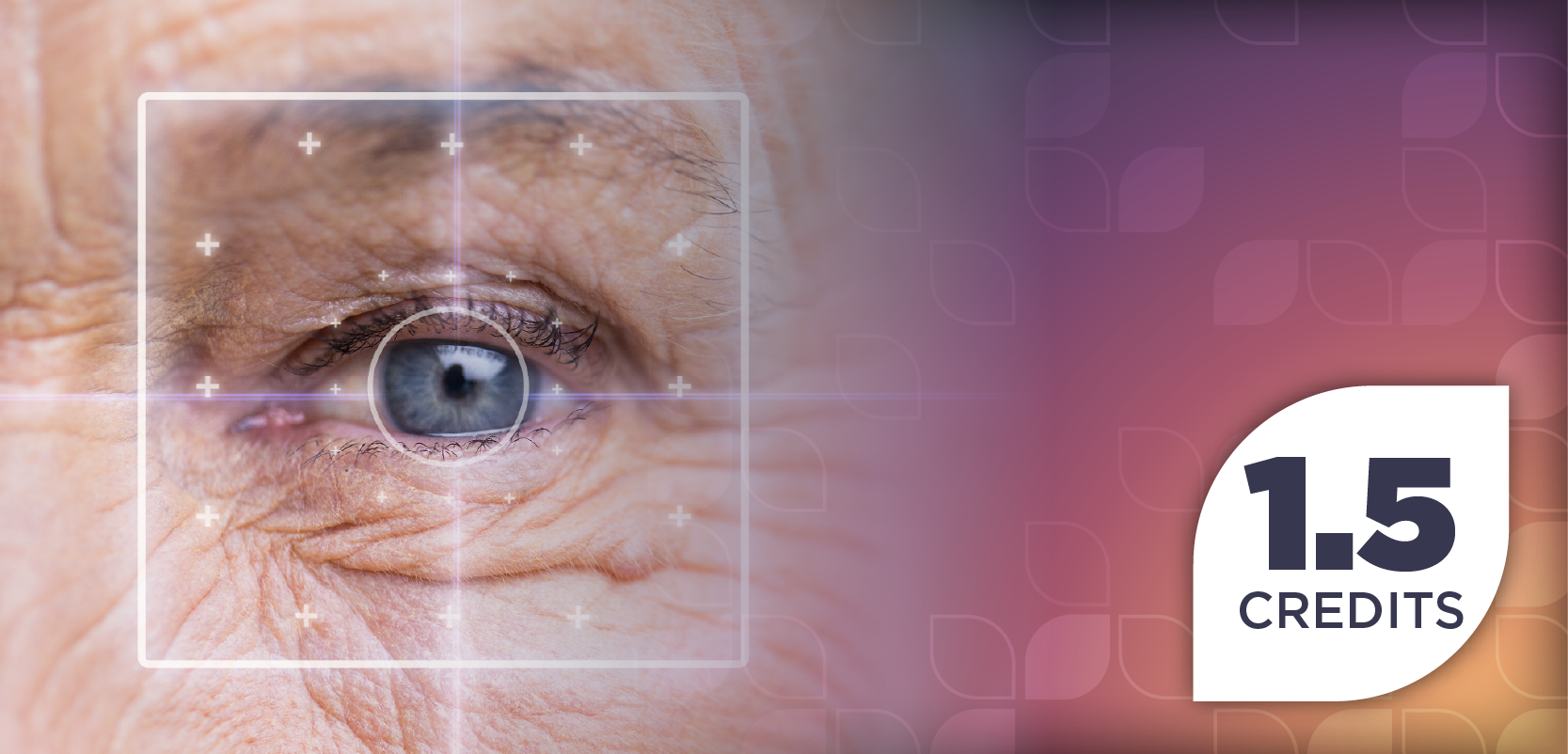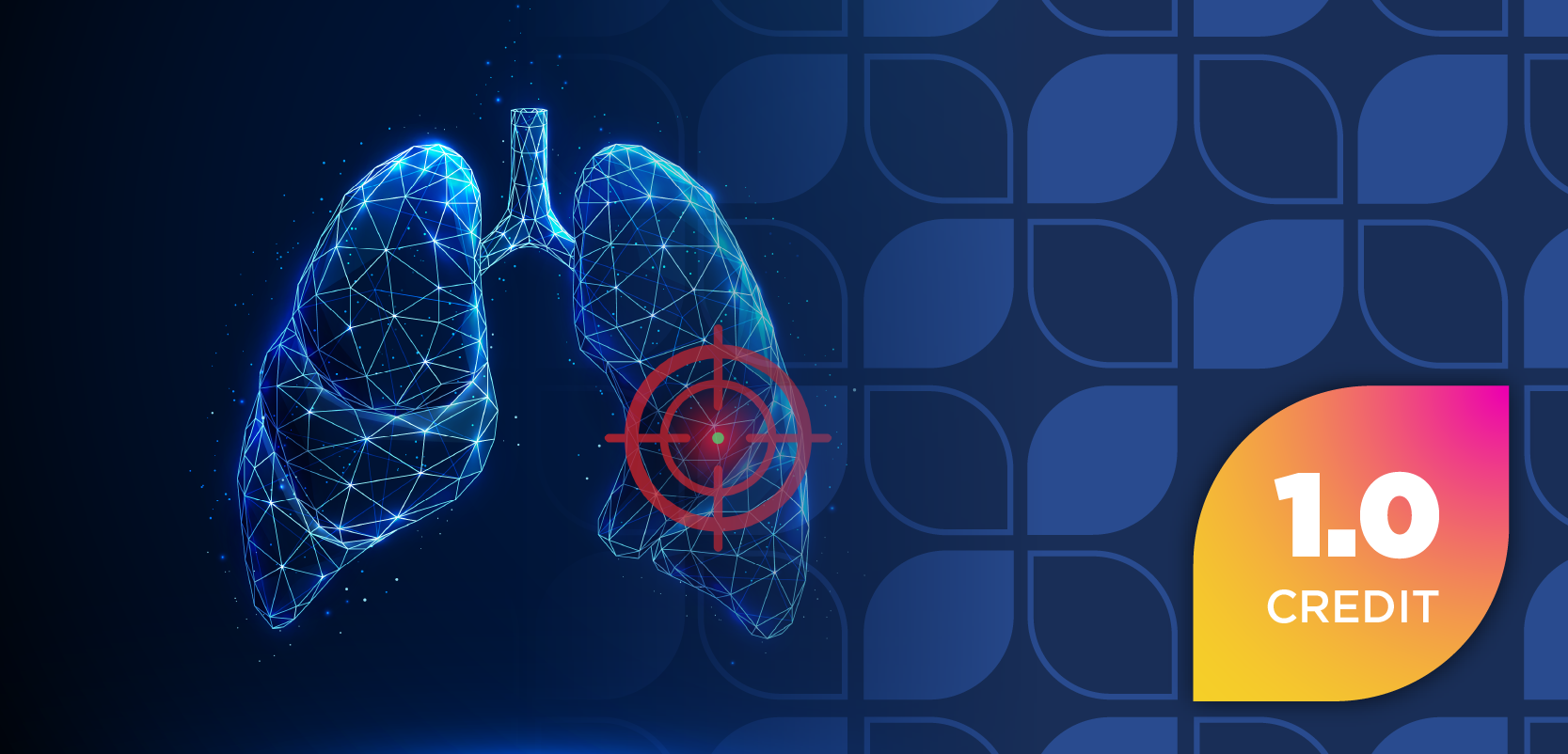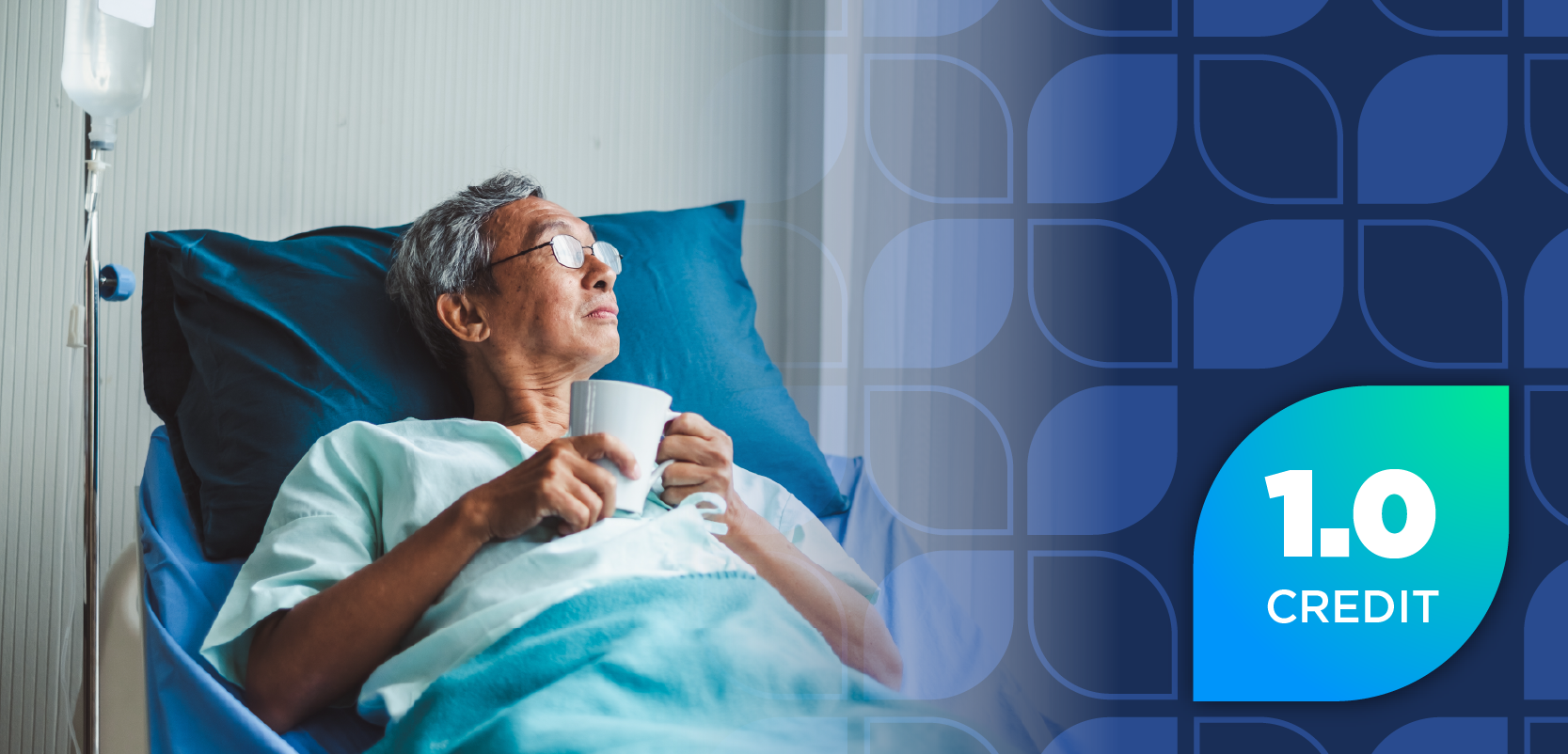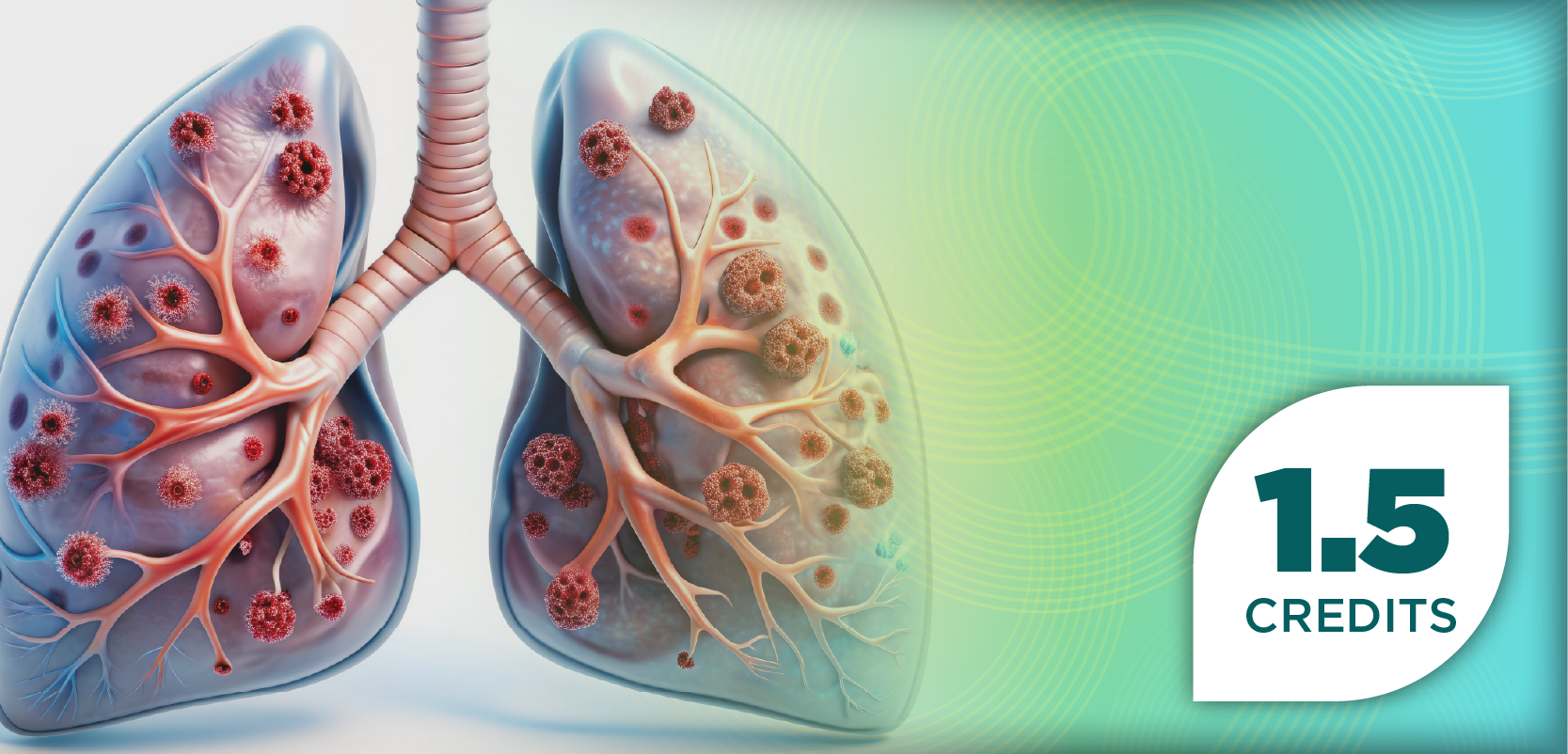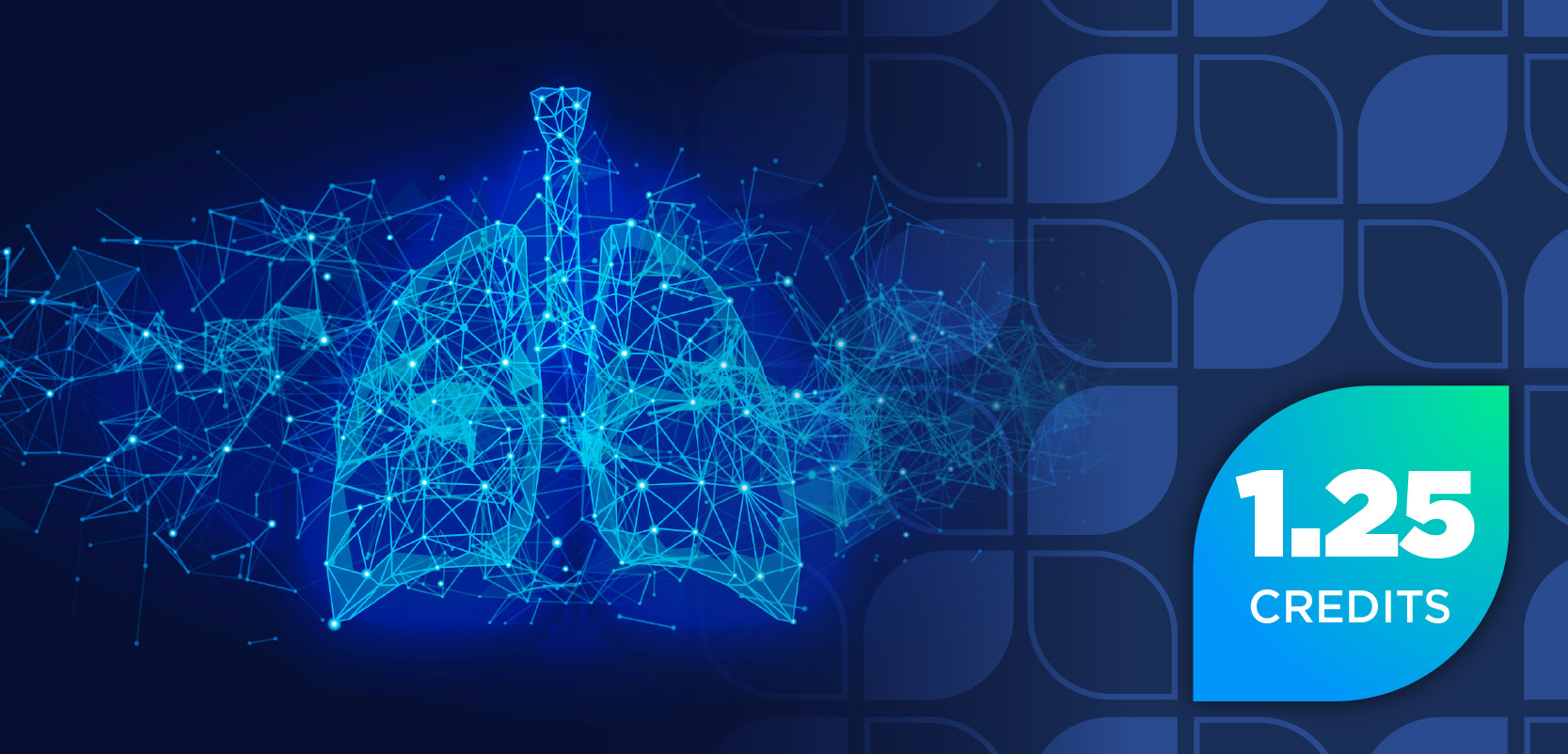
Study Finds Easy-to-Implement Treatment Strategy for Children With Peanut Allergy
Key Takeaways
- Gradual peanut butter consumption enabled children with high-threshold peanut allergies to tolerate larger amounts without reactions.
- Existing FDA-approved treatments target low-threshold allergies, leaving high-threshold cases with limited options.
After gradually consuming increased doses of peanut butter, children who could initially tolerate about half a peanut could consume 3 tablespoons without an allergic reaction.
A study published in the New England Journal of Medicine determined that children with peanut allergies who consumed gradually increasing doses of store-bought, home-measured peanut butter for about 18 months were able to tolerate 3 tablespoons without an allergic reaction. These patients initially were able to tolerate at least half of a peanut before having a reaction.1
The food allergy treatments that are currently FDA-approved, such as omalizumab (Xolair; Genentech USA)2 and Palforzia (Peanut [Arachis hypogaea] Allergen Powder-dnfp; Stallergenes Greer)3, were tested in children with low-threshold peanut allergy, who cannot tolerate the equivalent of even half a peanut. These treatments are designed to, despite the patient’s efforts to avoid it, decrease the likelihood of a reaction to a small amount of peanut that might occur with accidental exposure; however, these treatments are often not relevant to the estimated 800,000 US children who may have high-threshold peanut allergy, leaving them with only one management strategy prior to the new report: peanut avoidance.1,4
Because these therapeutics are not designed for many patients with allergic reactions to more than 1 peanut, the investigators enrolled patients and evaluated a low-cost, convenient treatment strategy that can help children tolerate a greater amount of peanut protein than they could previously. The study (NCT03907397)5 enrolled a total of 73 patients aged 4 to 14 years with peanut allergy. The participants were randomly assigned to react to a challenge of between 443 mg and 5043 mg of peanut protein to peanut oral immunotherapy (P-OIT; n = 38) using home-measured peanut butter compared with peanut avoidance (n = 35).1
The study’s primary end point was the difference between groups in the proportion of individuals who tolerated a 2-dose-level increase, or 9043 mg of peanut protein. Additionally, for ingestion participants who tolerated 9043 mg, sustained unresponsiveness—or tolerance off treatment—was tested after 16 weeks of ad lib ingestion with a subsequent 8 weeks of abstinence.1
Approximately 84.2% (n = 32) of participants in the ingestion group and 85.7% (n = 30) underwent the primary outcome food challenge. The current analysis showed a 100% success rate for ingestion compared with 21.0% for avoidance (difference: 79.0%; 95% CI, 64.6-93.5; P < .001). Additionally, 32 treated and 3 out of 30 avoiders (10%) were able to tolerate 9043 mg. Further, the intention-to-treat analysis demonstrated there was a sustained unresponsiveness that occurred in approximately 68.4% (n = 26) on P-OIT compared with 8.6% (n = 3) tolerating 9043 mg among those avoiding (difference: 59.9%; 95% CI, 42.4-77.3).1
In addition, there were no dosing reactions that were greater than grade 1 in severity, as well as no serious adverse events reported by patients. Because patients treated achieved a significantly higher rate of desensitization as well as a durable response while off of treatment, the researchers noted optimism that this strategy—which can be easily implemented—may address an unmet need for about half of children with peanut allergy.1 Additionally, they urge further treatment to determine if this strategy can be utilized with other food allergens.4
“Children with high-threshold peanut allergy couldn’t participate in previous food allergy treatment trials, leaving them without opportunities to explore treatment options,” Jeanne Marrazzo, MD, MPH, director of the National Institute of Allergy and Infectious Diseases, said in a news release. “Today’s report focuses on this population and shows that a very safe and accessible form of therapy could be liberating for many of these children and their families.”2
REFERENCES
1. Sicherer SH, Bunyavanich S, Berin MC, et al. Peanut Oral Immunotherapy in Children with High-Threshold Peanut Allergy. NEJM Evidence. 2025. doi:10.1056/EVIDoa2400306
2. McGovern, G. FDA Approves Omalizumab to Reduce Food-Based Allergic Reactions in Adult and Pediatric Patients. Pharmacy Times. February 16, 2024. Accessed February 11, 2025. https://www.pharmacytimes.com/view/fda-approves-omalizumab-to-reduce-food-based-allergic-reactions-in-adult-and-pediatric-patients
3. FDA Extends Palforzia Approval to Children 1 to 3 Years Old With Peanut Allergy. Pharmacy Times. July 30, 2024. Accessed February 11, 2025. https://www.pharmacytimes.com/view/fda-extends-palforzia-approval-to-children-1-to-3-years-old-with-peanut-allergy
4. NIH/National Institute of Allergy and Infectious Diseases. Therapy helps peanut-allergic kids tolerate tablespoons of peanut butter. News release. February 10, 2025. Accessed February 11, 2025. https://www.eurekalert.org/news-releases/1073030
5. Immune Basis and Clinical Implications of Threshold-based Phenotypes of Peanut Allergy (CAFETERIA). ClinicalTrials.gov identifier: NCT03907397. Updated February 7, 2025. Accessed February 11, 2025. https://clinicaltrials.gov/study/NCT03907397
Newsletter
Stay informed on drug updates, treatment guidelines, and pharmacy practice trends—subscribe to Pharmacy Times for weekly clinical insights.


